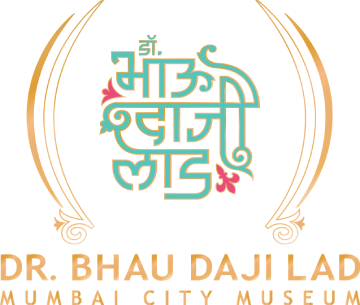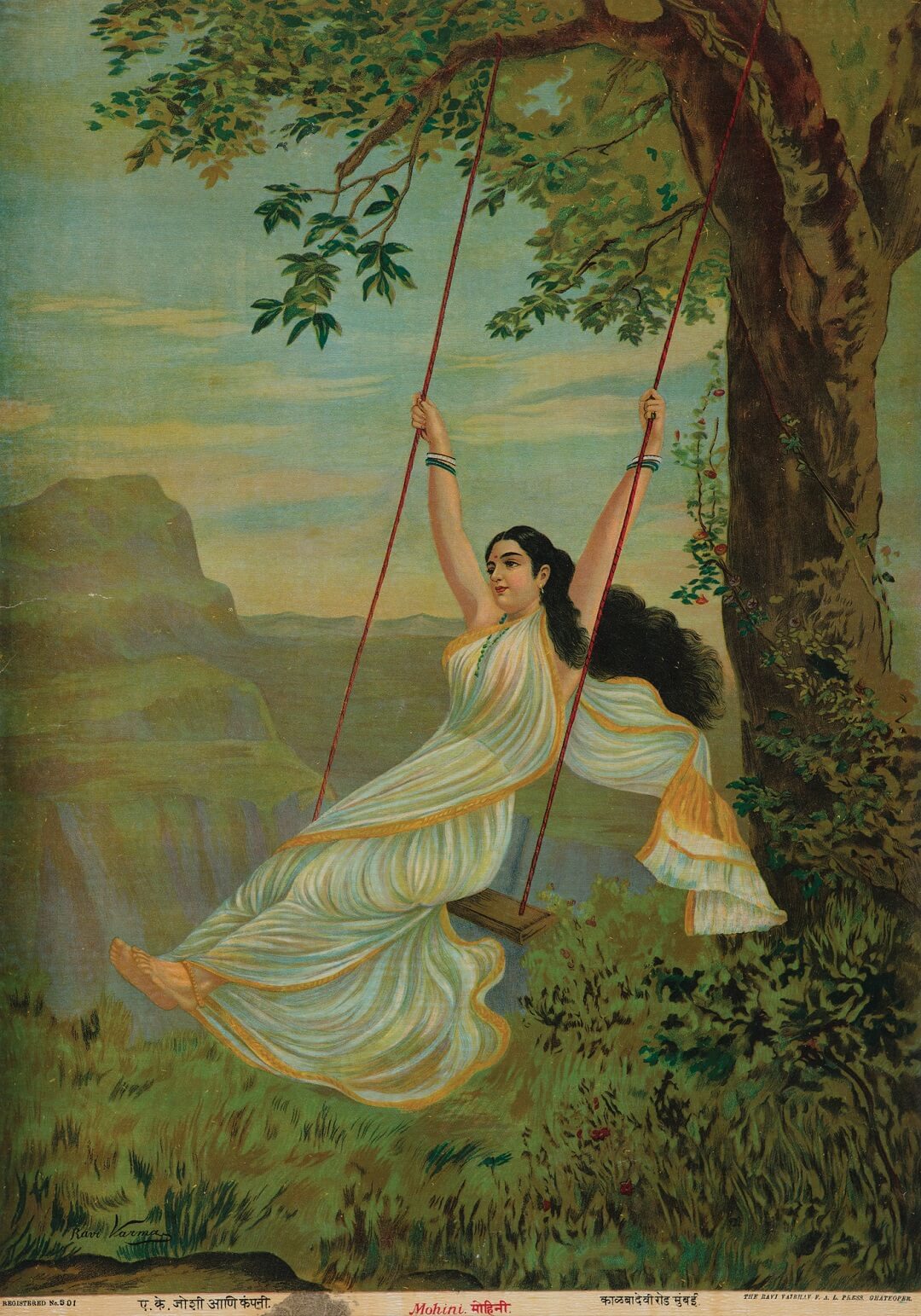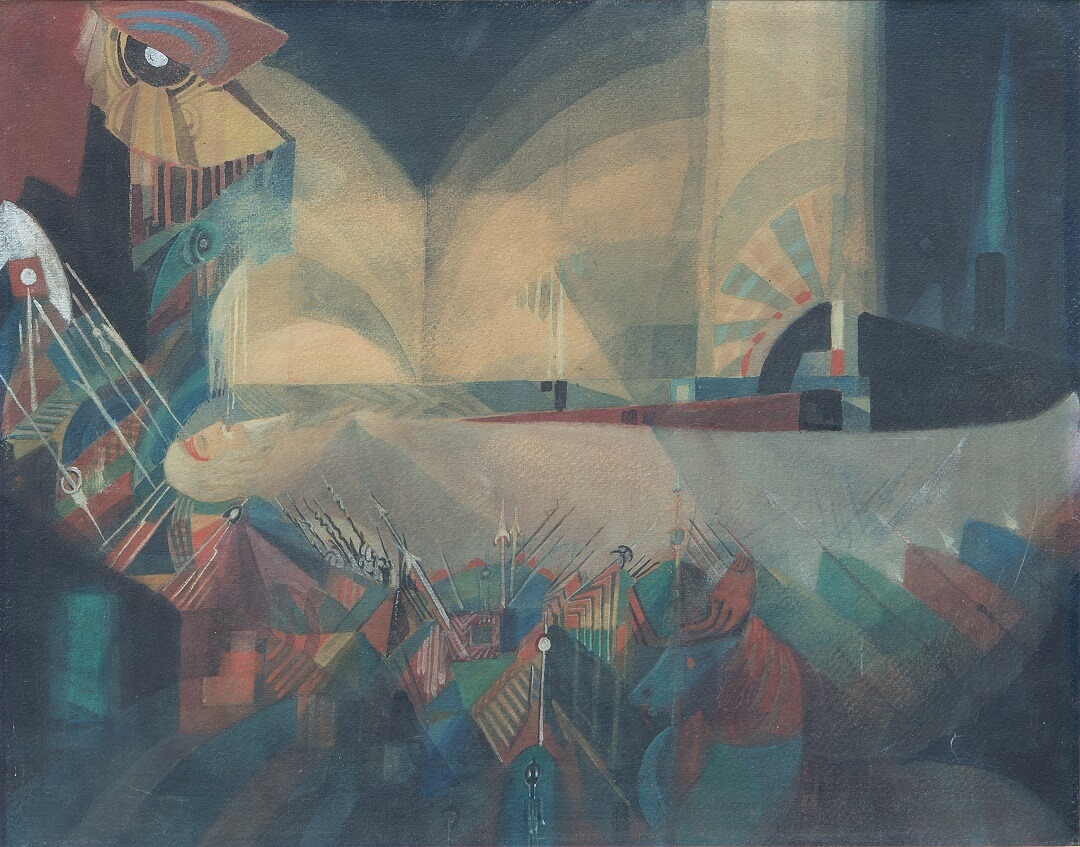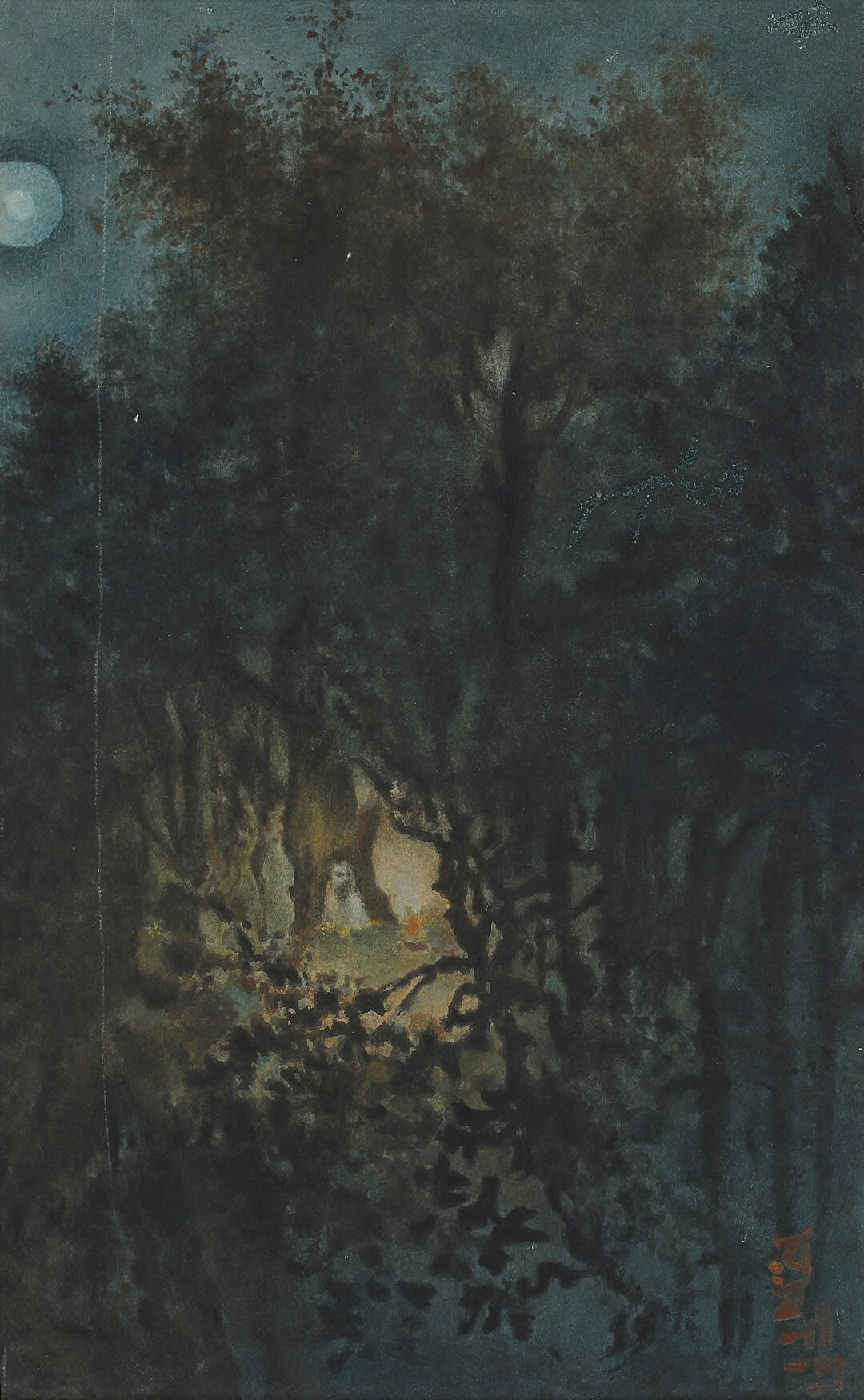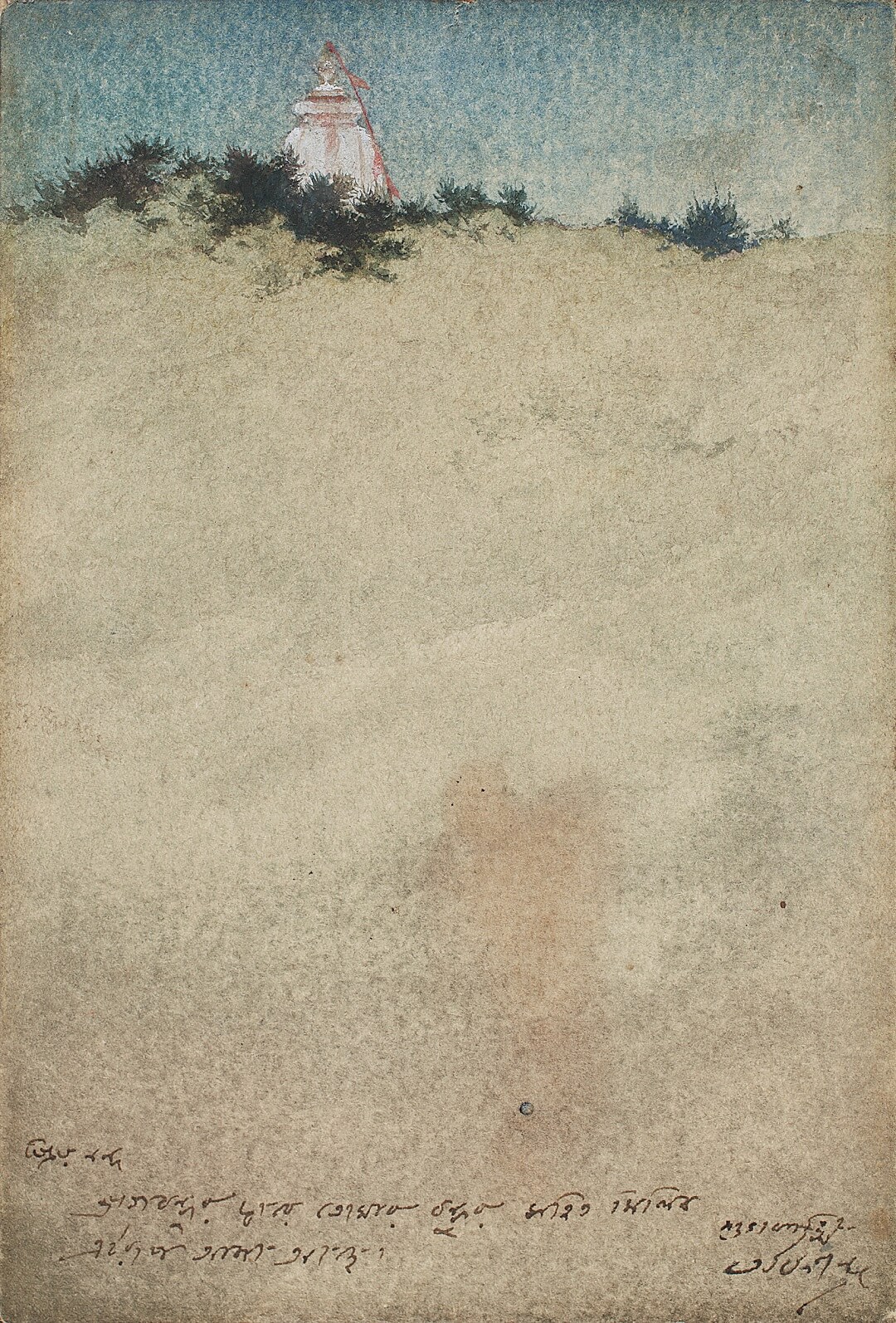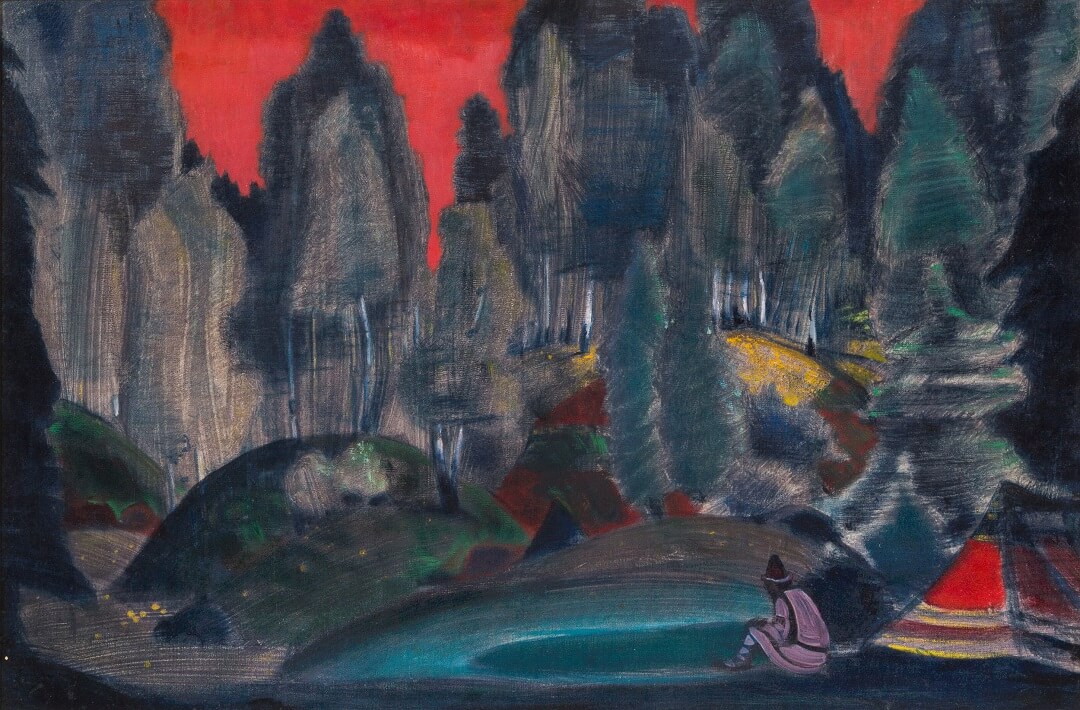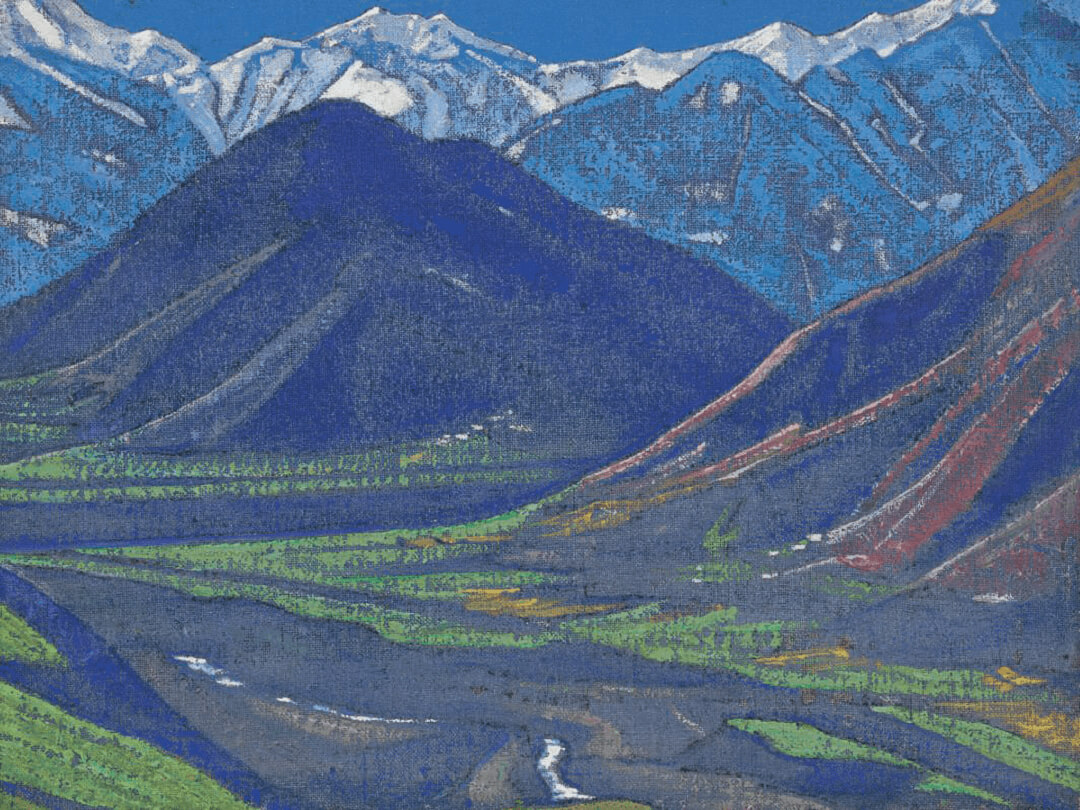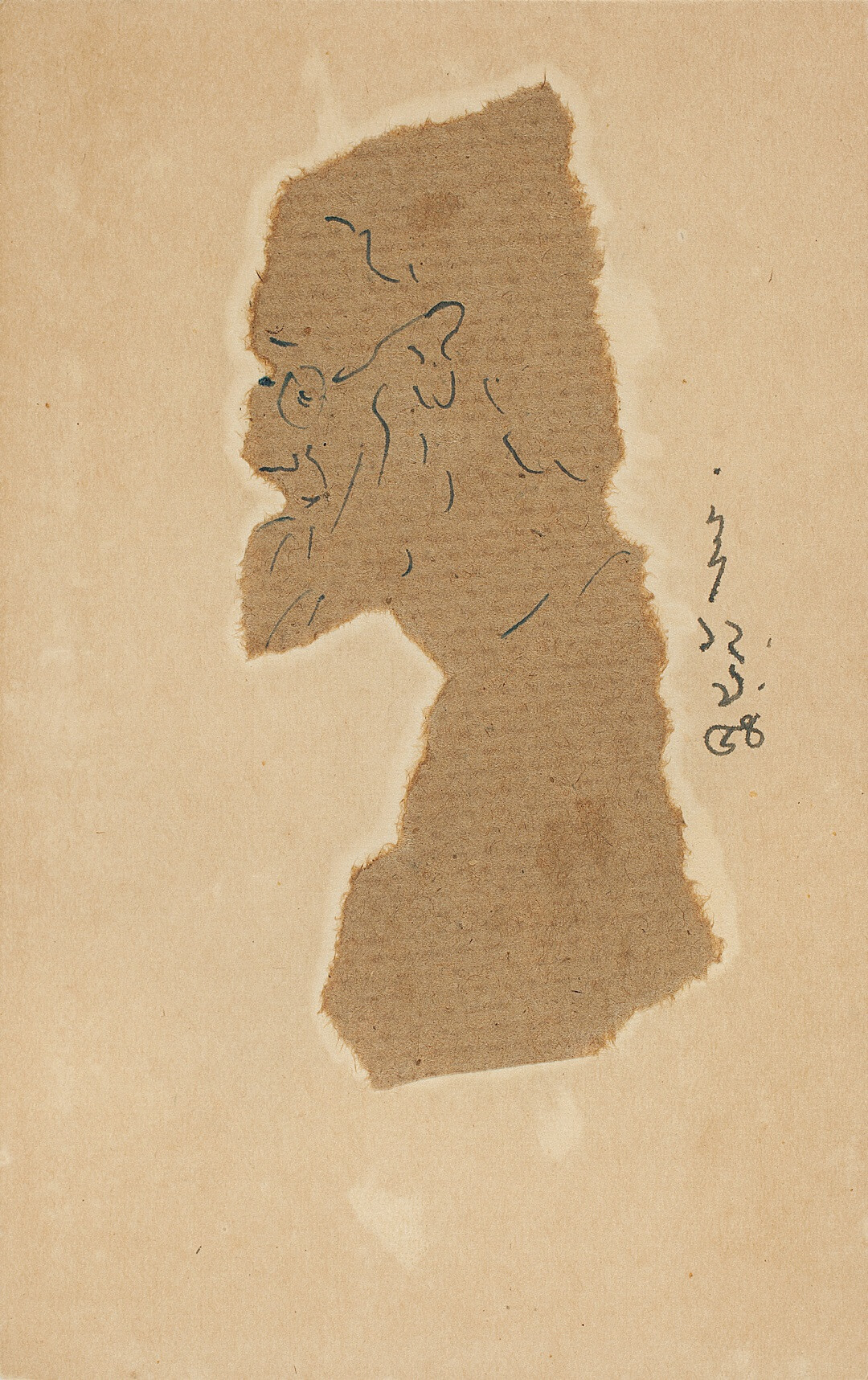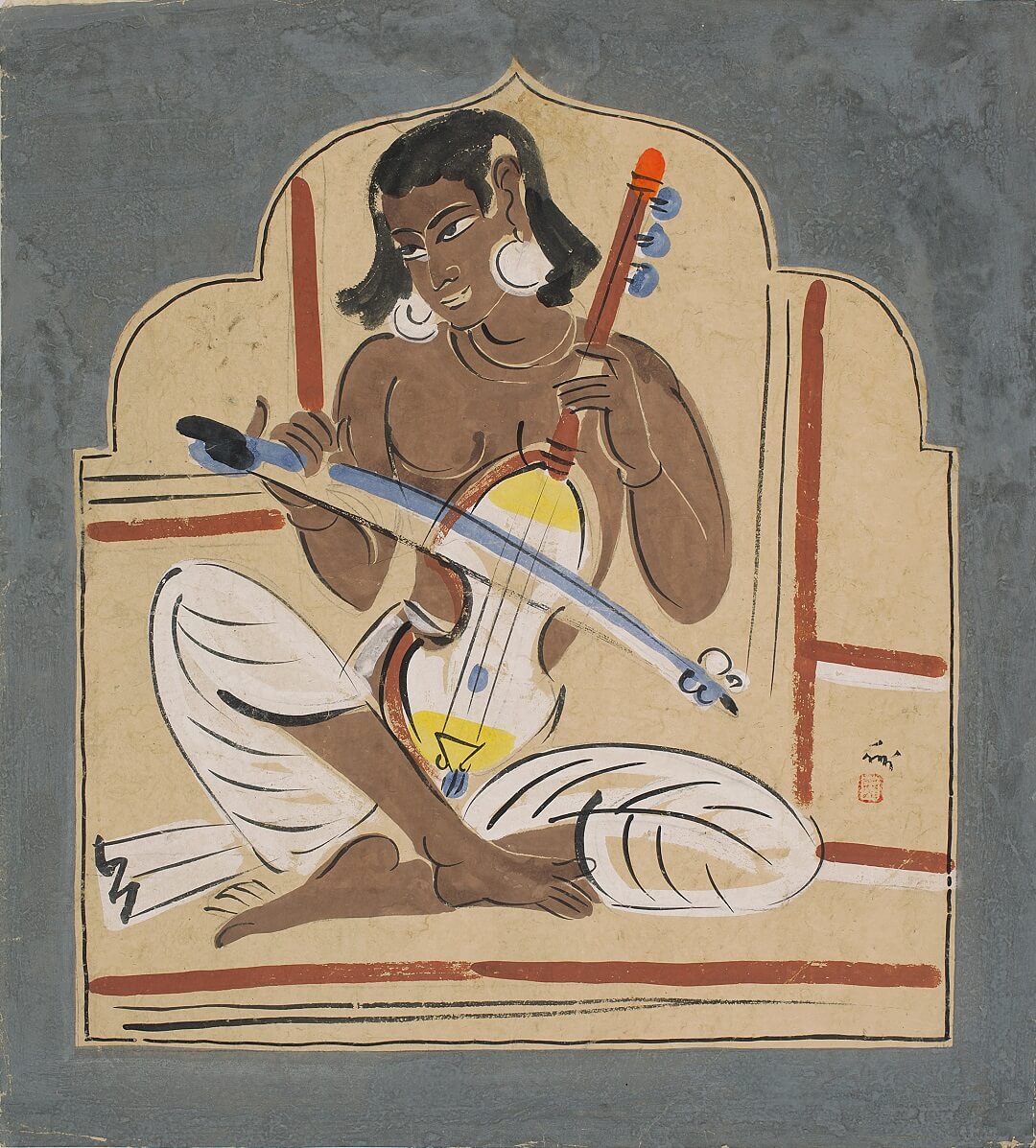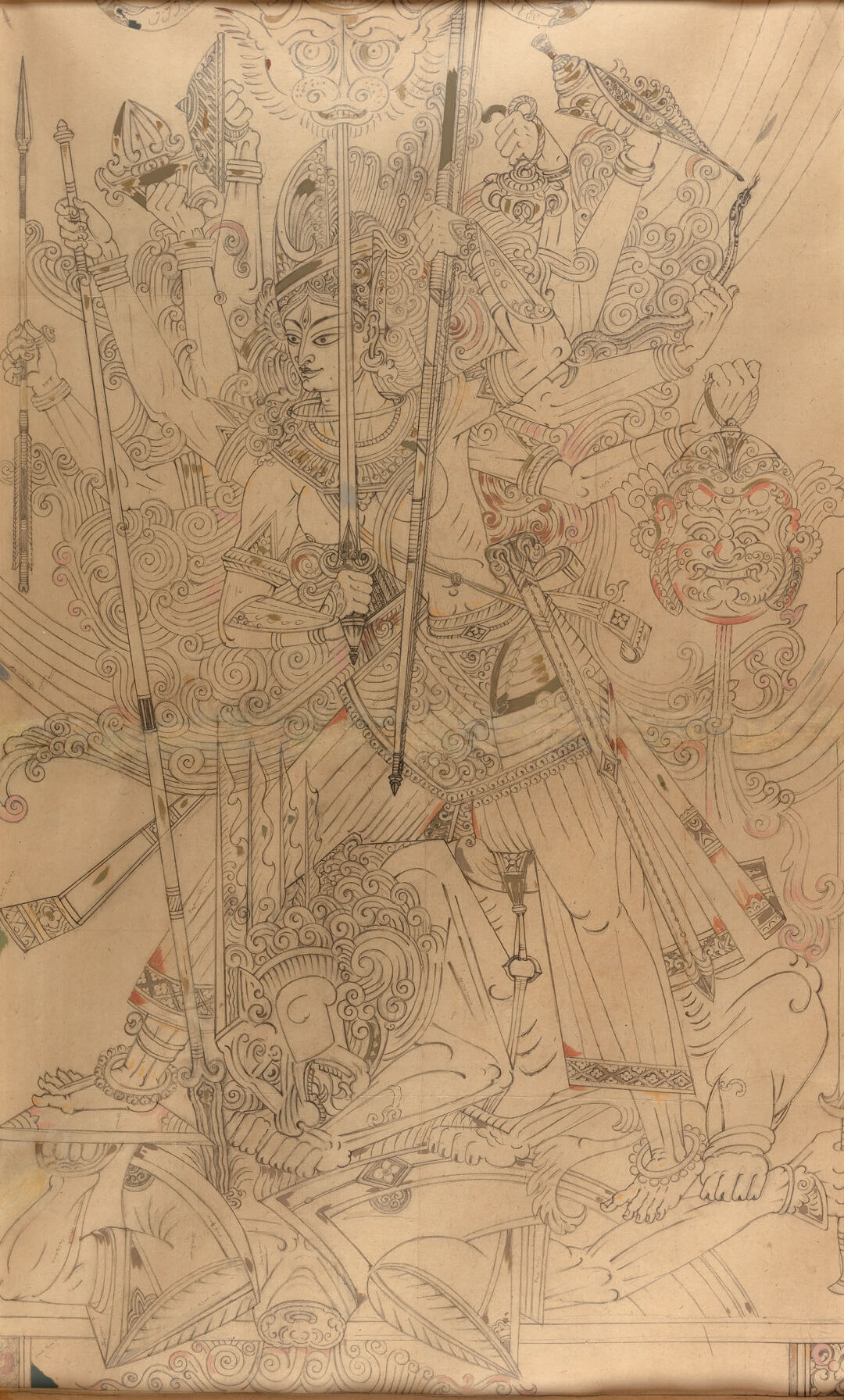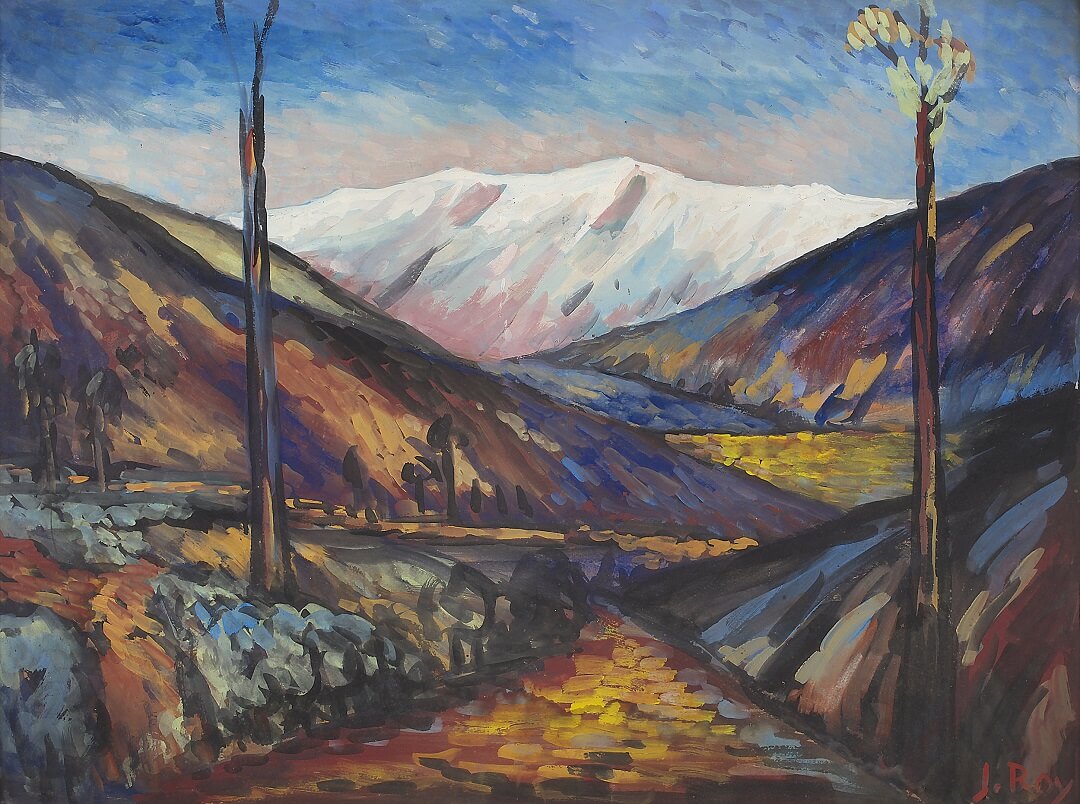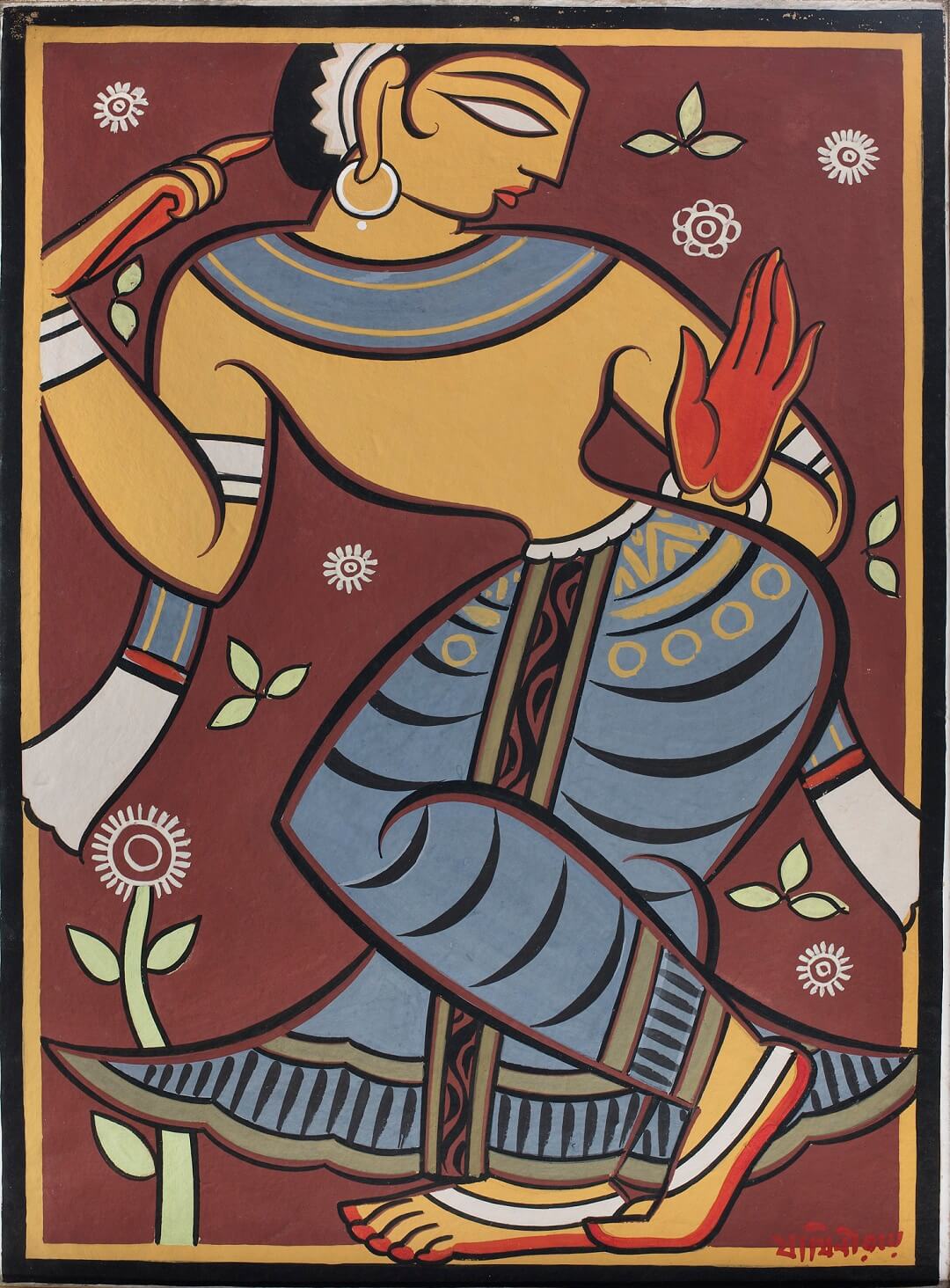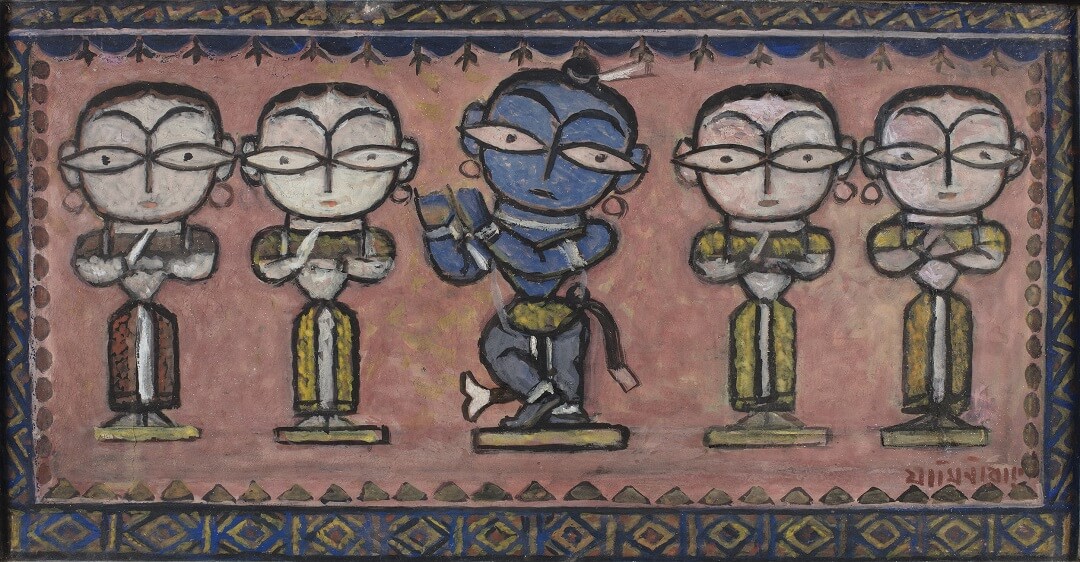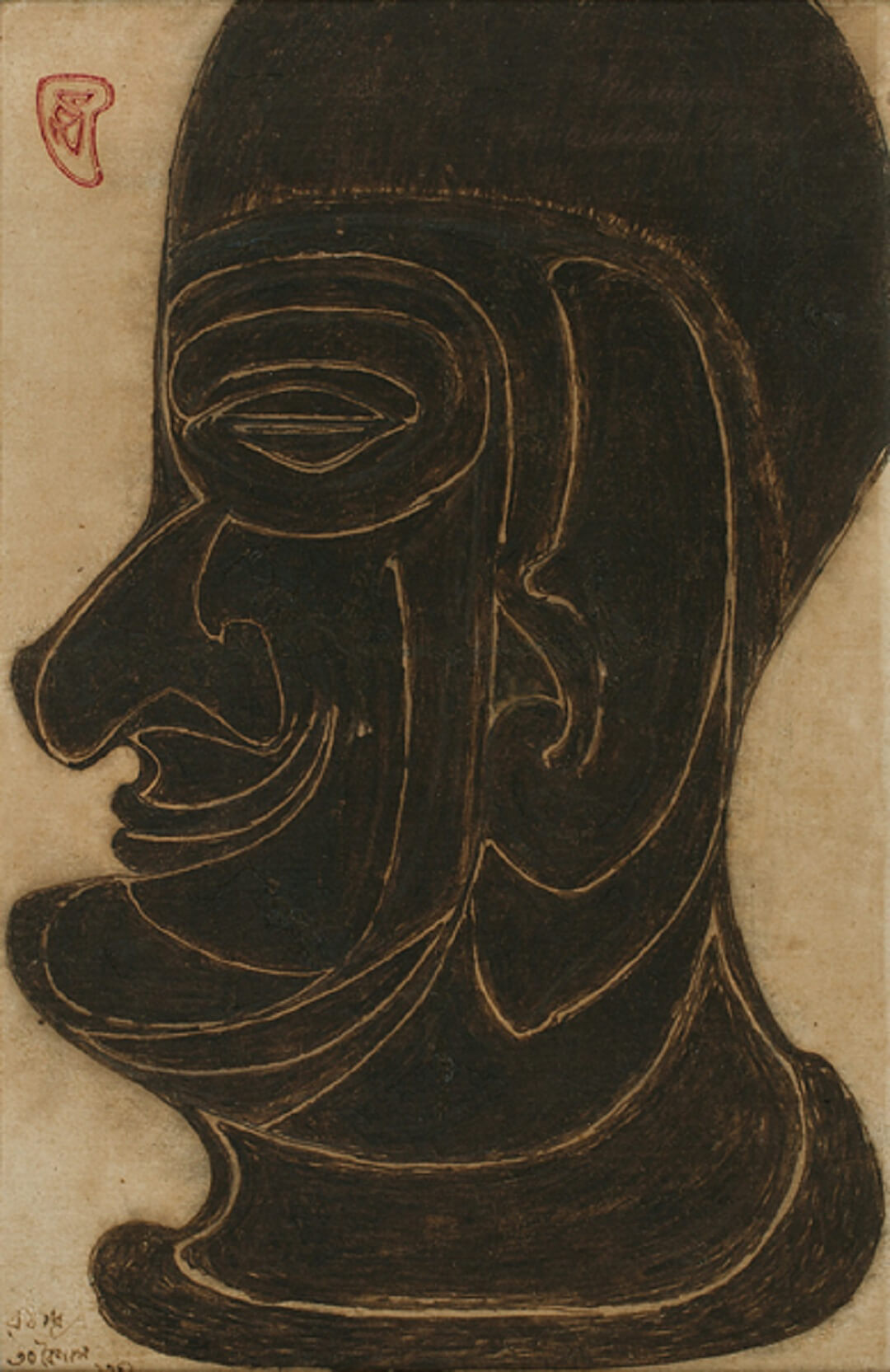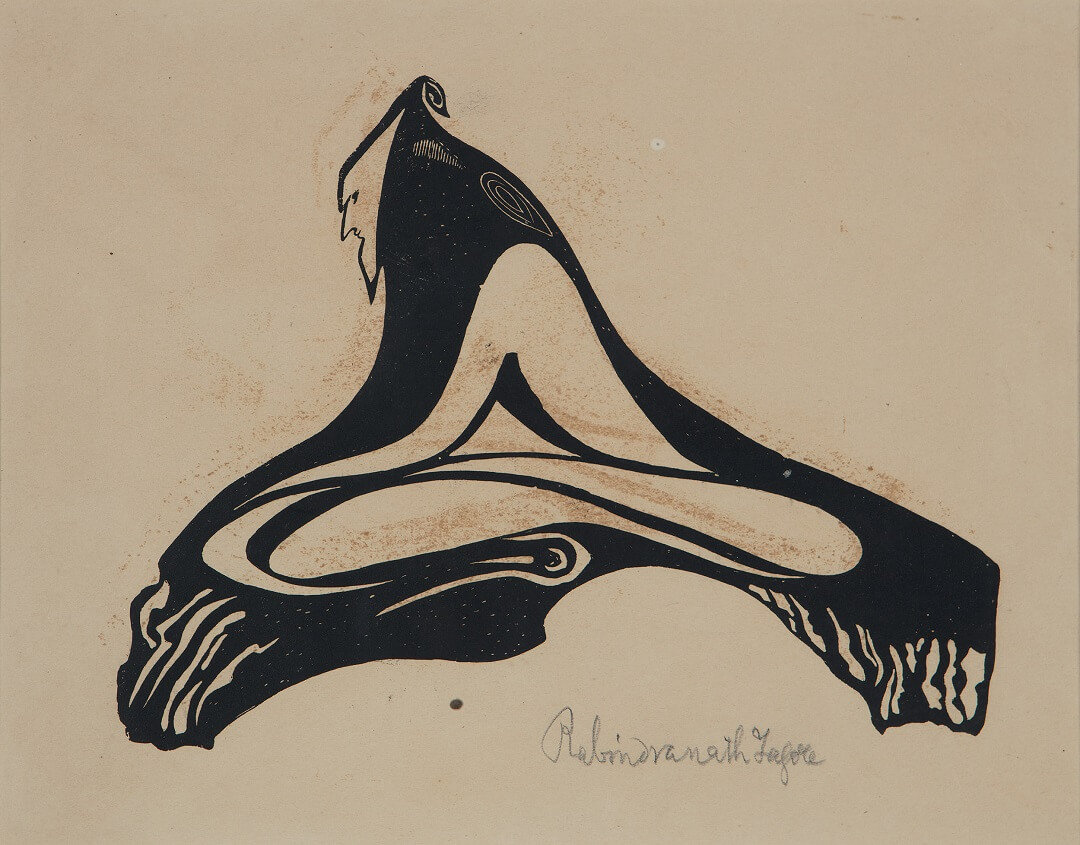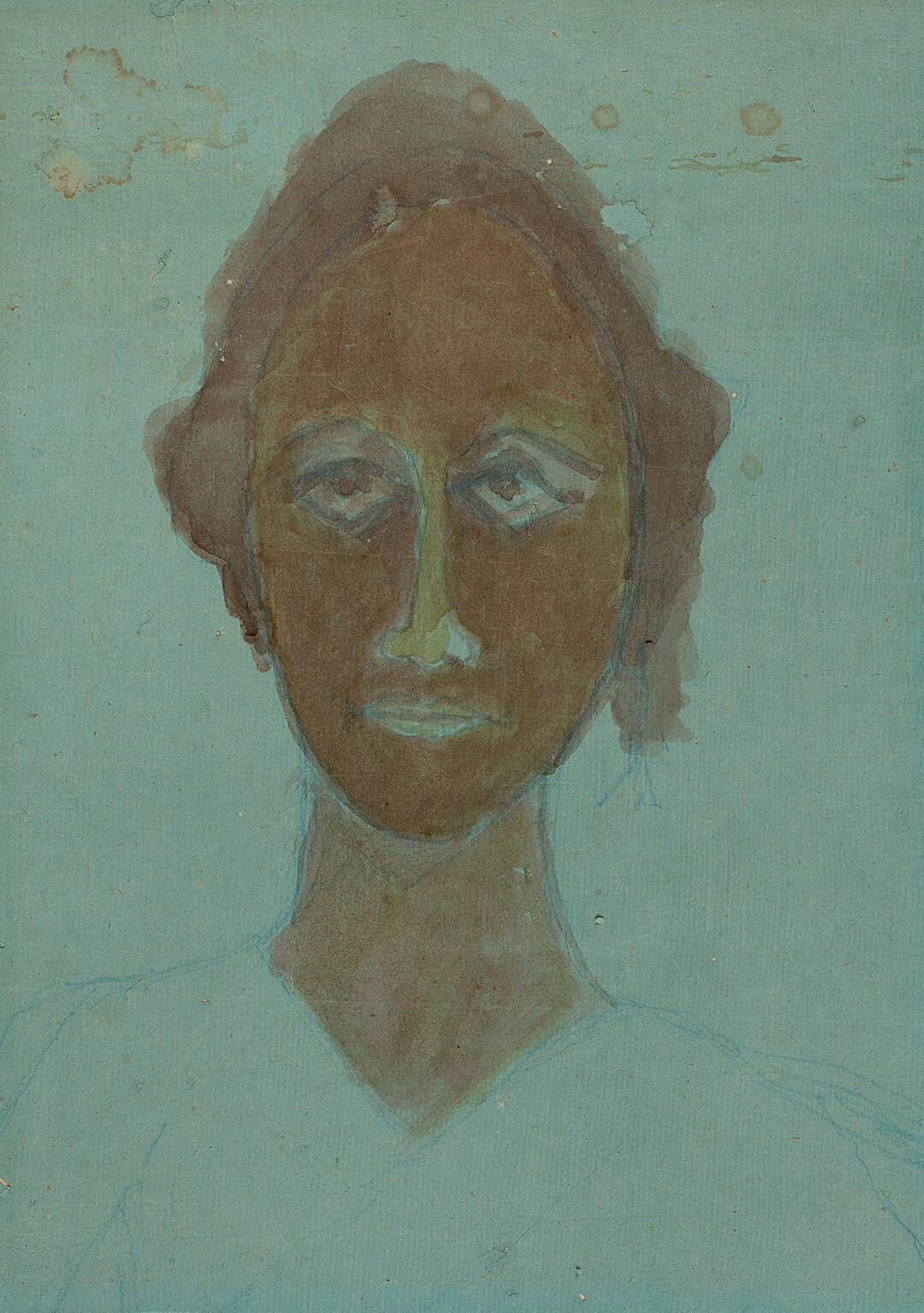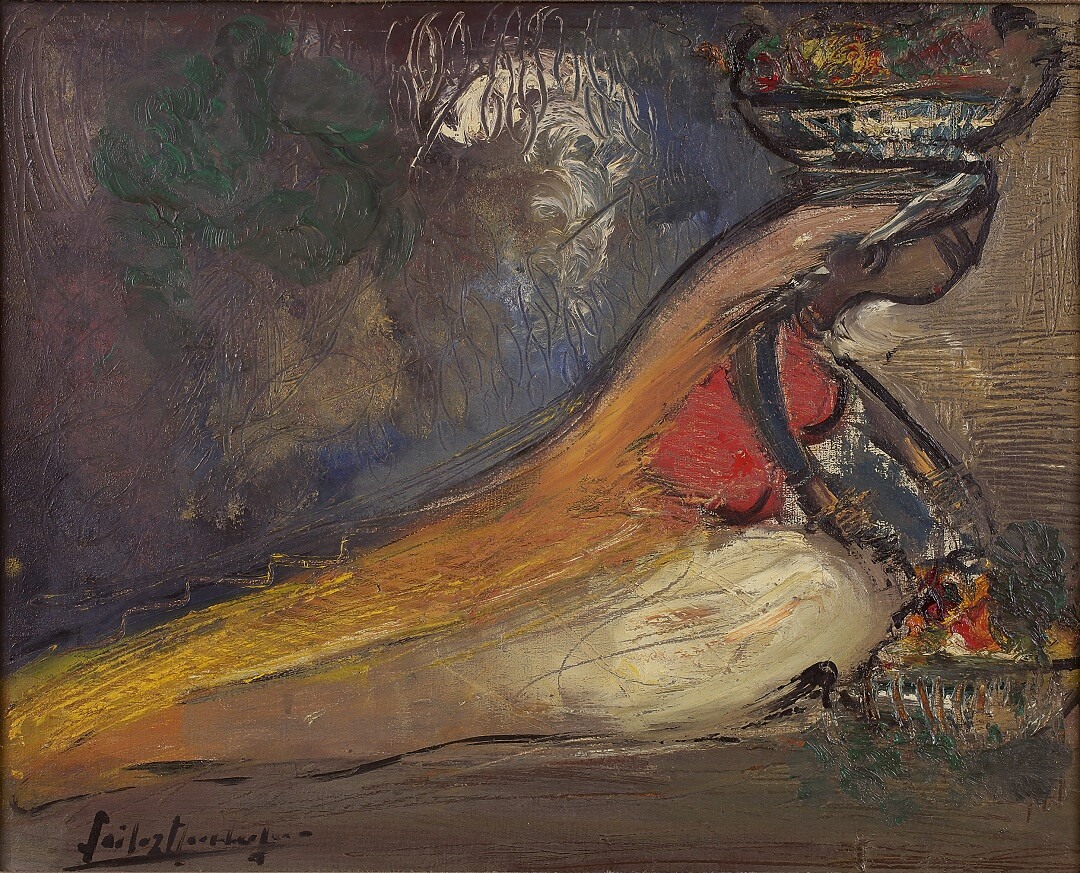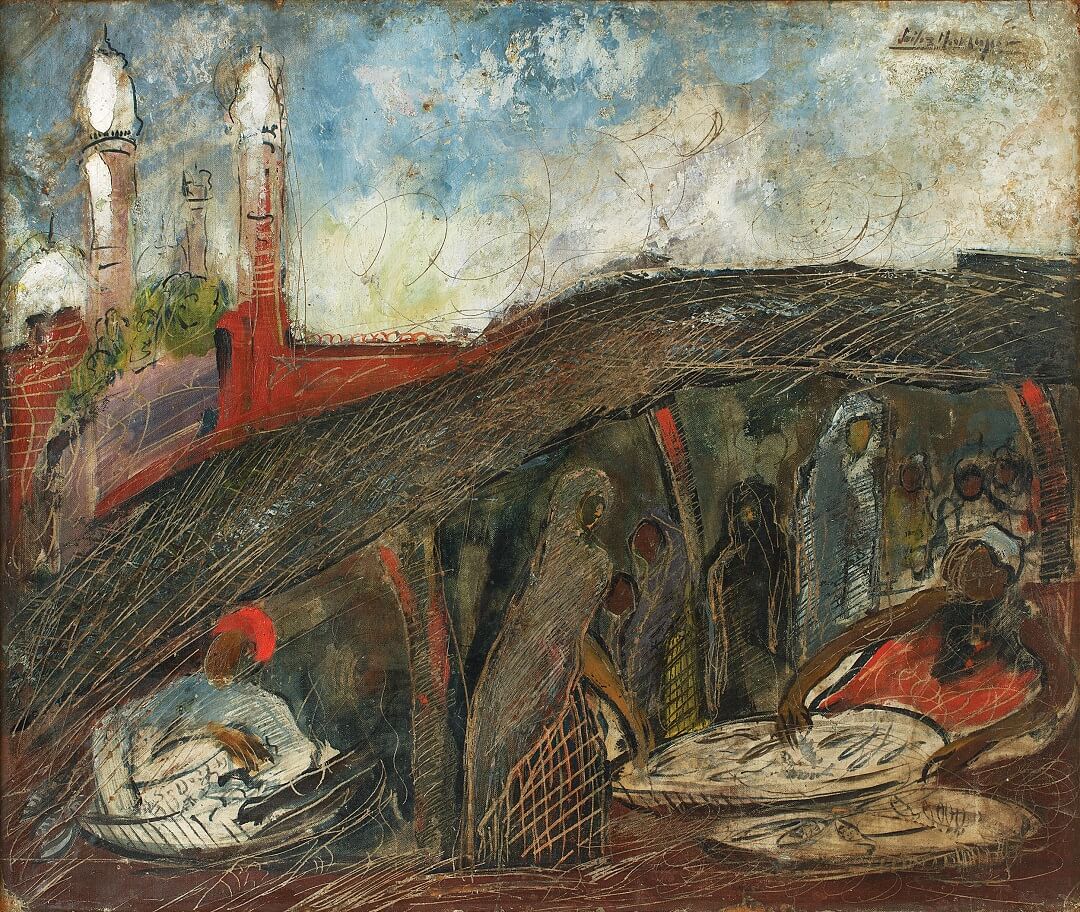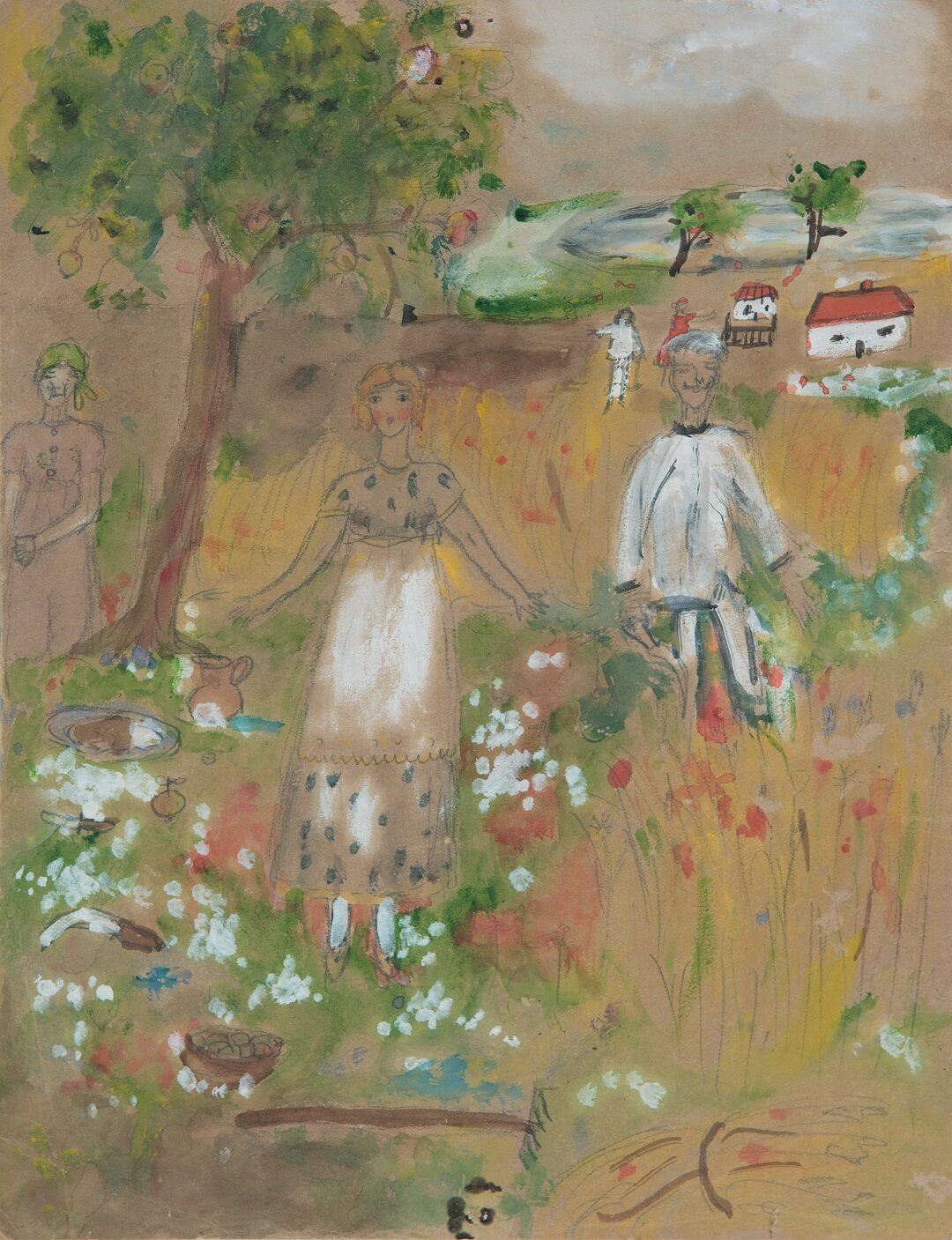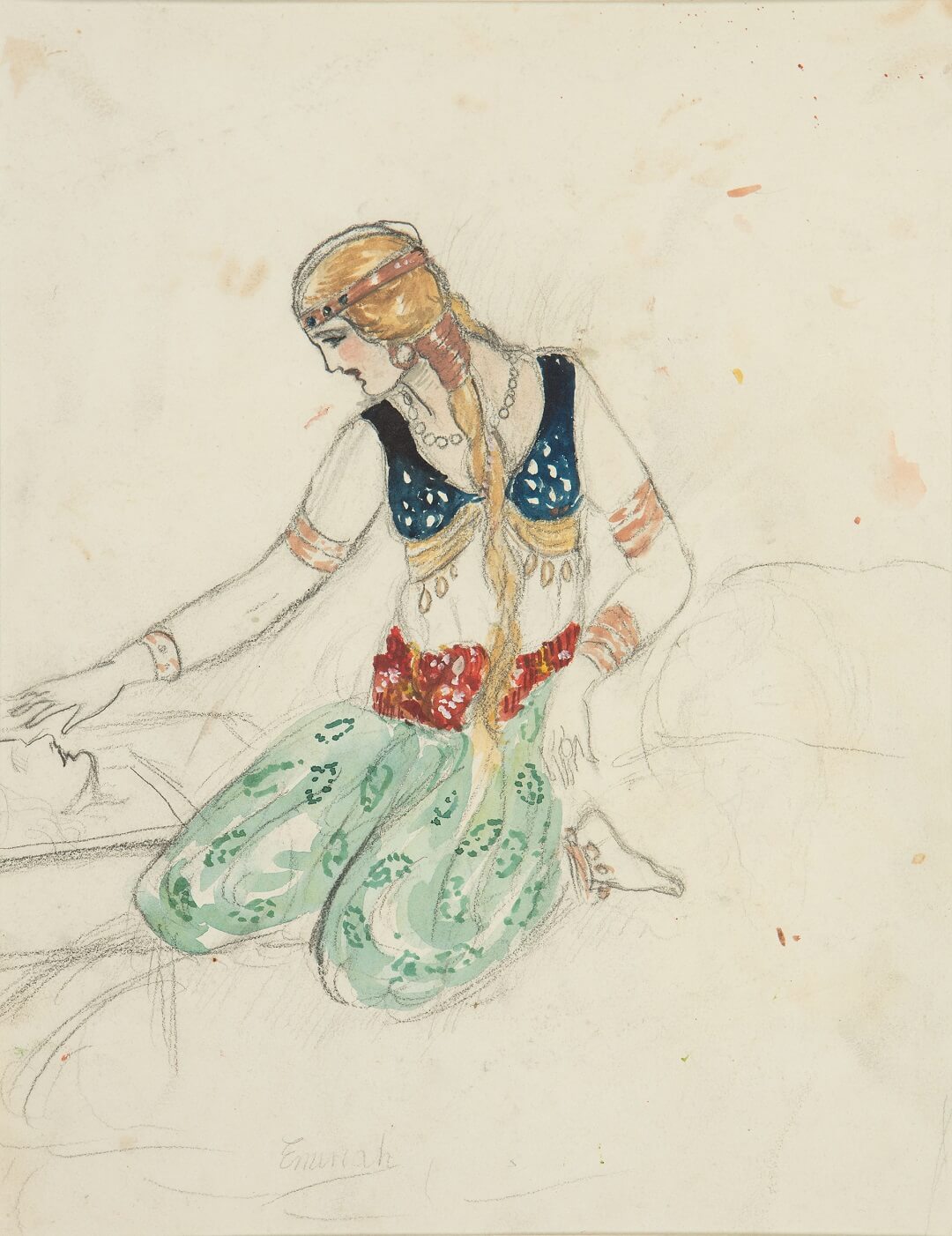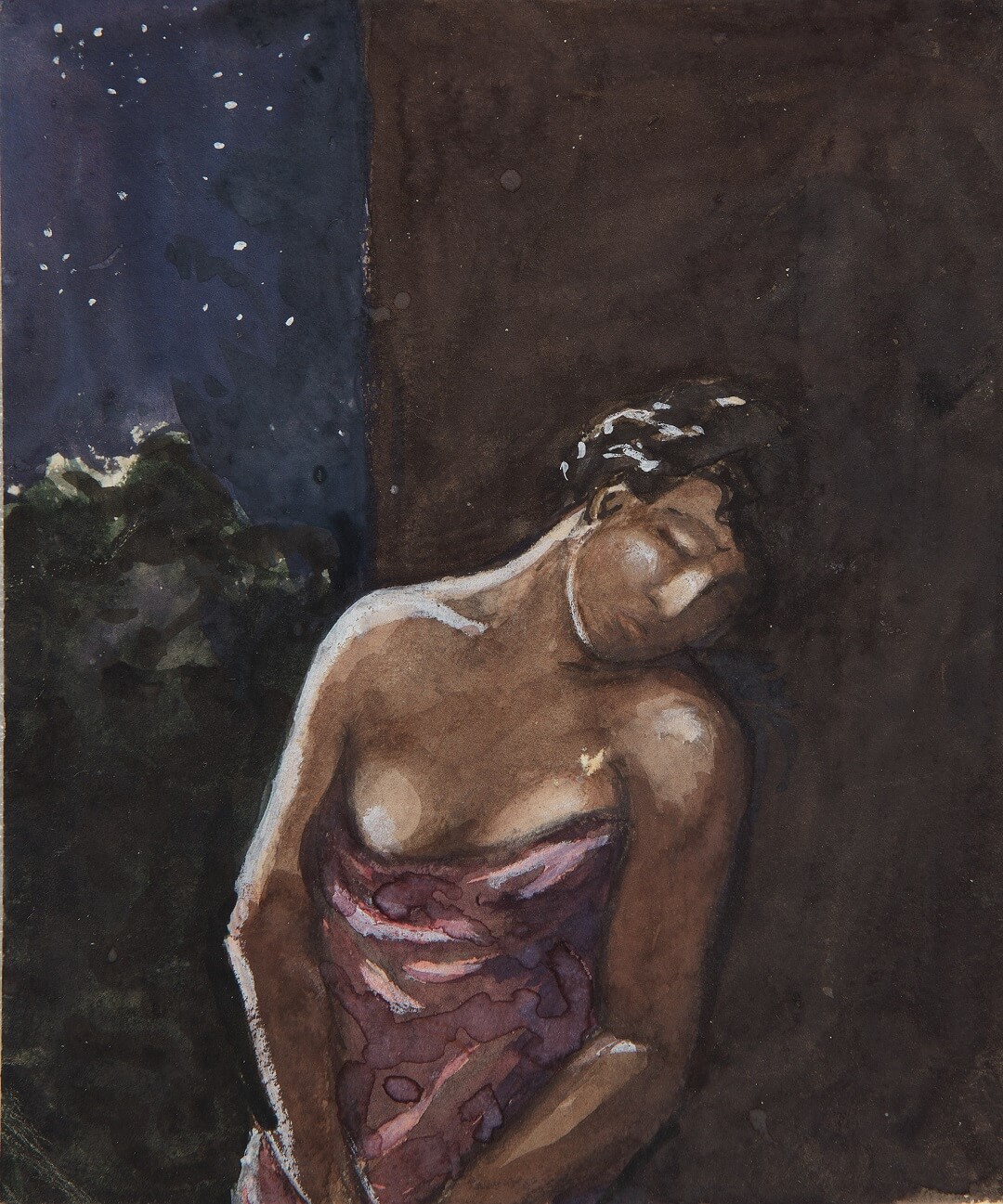Navratna: India’s National Treasure Artists
Navratna: India’s National Treasure Artists
Navratna: India’s National Treasure Artists
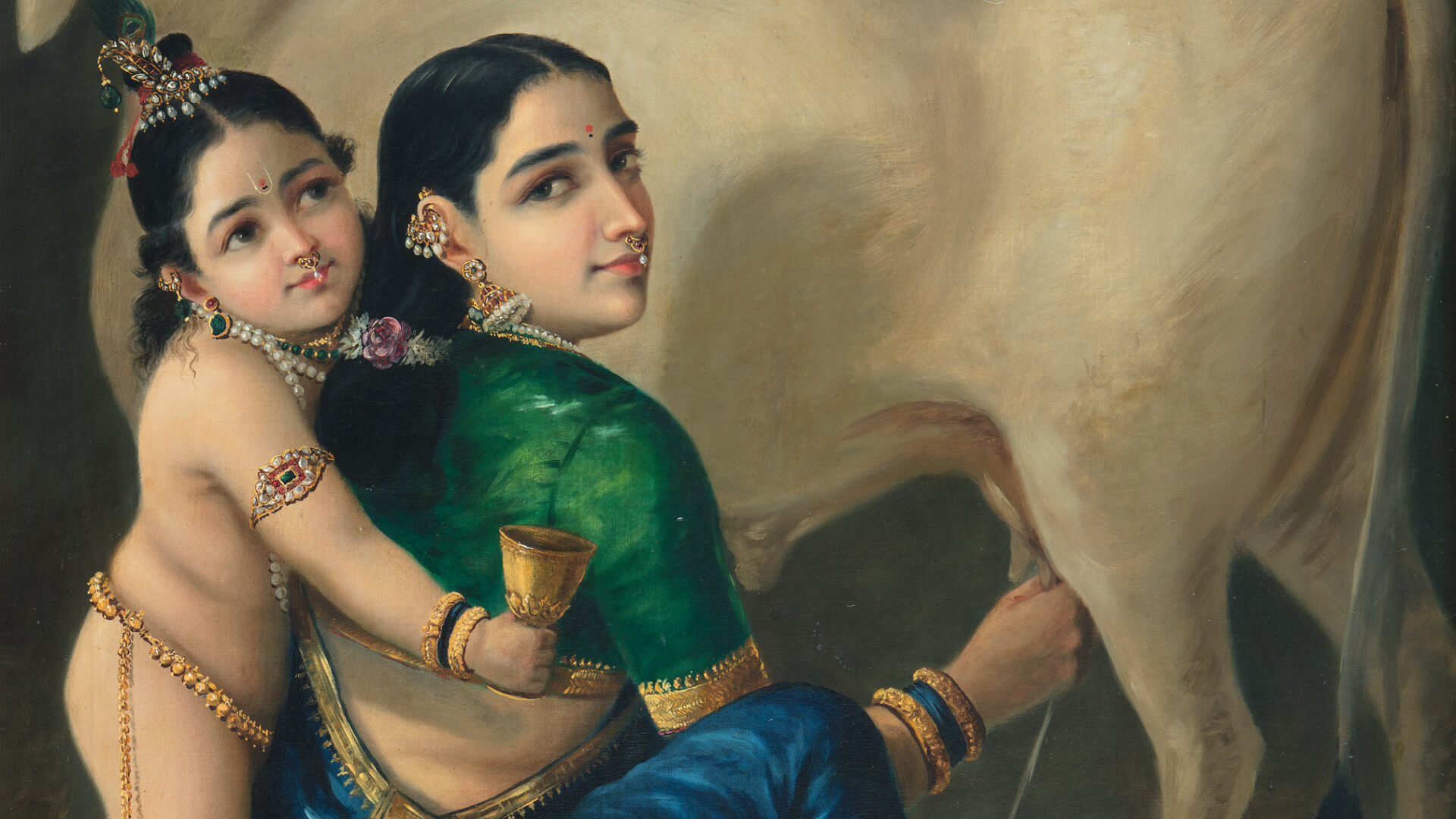
|
Navratna: India’s National Treasure Artists Dr. Bhau Daji Lad Mumbai City Museum Mumbai, 7 Oct – 19 Nov 2018 An exhibition by DAG Raja Ravi Varma Untitled (Yashoda and Krishna) Oil on canvas |
|
Nine artists find special mention in India as ‘art treasures, having regard to their artistic and aesthetic value’, a directive by the Archaeological Survey of India in the 1970s. Spanning a period of one hundred years of art practice, these artists represent a diversity of art traditions and movements but are unified by one common thread: a return to Indian roots through context, theme, subject, and an engagement with identity. Under the Antiquities and Art Treasure Act 1972, works of nine artists were recognised as national art treasures. These nine artists, Navratnas or Nine Gems, include Raja Ravi Varma, Rabindranath Tagore, Gaganendranath Tagore, Abanindranath Tagore, Nicholas Roerich, Nandalal Bose, Jamini Roy, Sailoz Mukherkjea and Amrita Sher-Gil. |
|
Jamini Roy Untitled Water colour and gouache on paper |
|
RAJA RAVI VARMA 'Who knows if these very pictures, now painted for maharajas, will not find their way to the museums one day.' Raja Ravi Varma |
|
Raja Ravi Varma Shakuntala Patra Lekan Oleograph on paper |
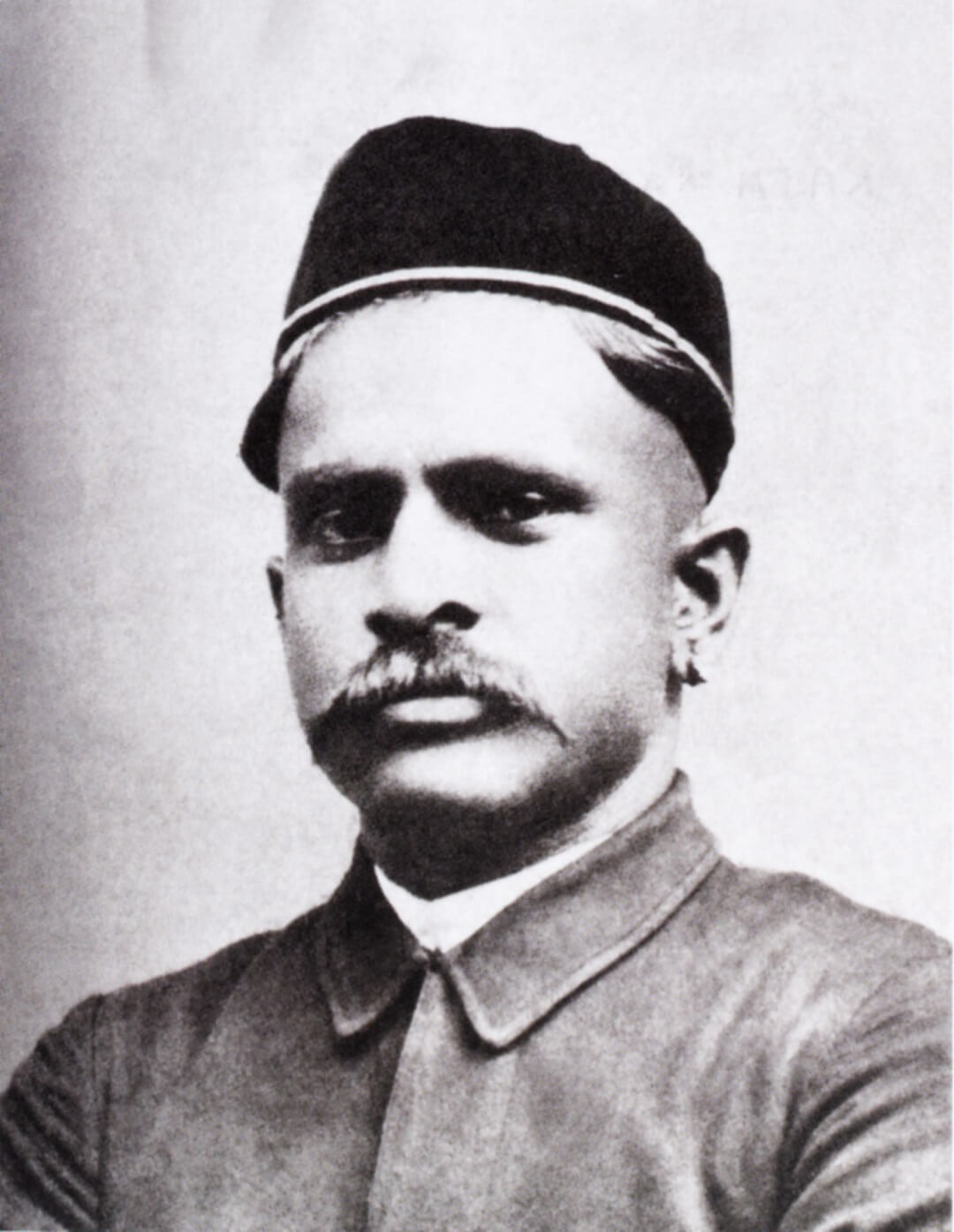
The way in which Indian myths are visualised in the popular imagination owes a great deal to the prolific career of Raja Ravi Varma. An expert at handling the naturalistic style and oil paints that came with the European tradition of art, Ravi Varma's mythological characters like Shakuntala, Draupadi and Sita seemed as relatable as mortal beings. Their images, highly valued today, circulated profusely in the form of popular prints. Ravi Varma worked primarily within a system of princely patronage, closely tied to the royal family of Travancore, deploying his skills to create majestic portraits of the women and men at court. |
Raja Ravi Varma
The Birth of Shakuntala
Raja Ravi Varma
Untitled (Yashoda and Krishna)
Raja Ravi Varma
Mohini
|
RABINDRANATH TAGORE 'The paintings and drawings are all the work of the poet in his old age, and of a hand untrained by artistic discipline. That he was a great poet and his writing was of calligraphic purity matters as much as his attitude towards the art which was practised around him in Bengal and as he encountered its forms in the world at large. In the very centre of the revival of painting in Bengal, its eclectic embellishments of past worlds of creation, its pretty and sapless afterthoughts shied away from the blazing armour of his vision.' Stella Kramrisch |
|
Rabindranath Tagore Untitled Water colour, pen and ink and pastel on paper |
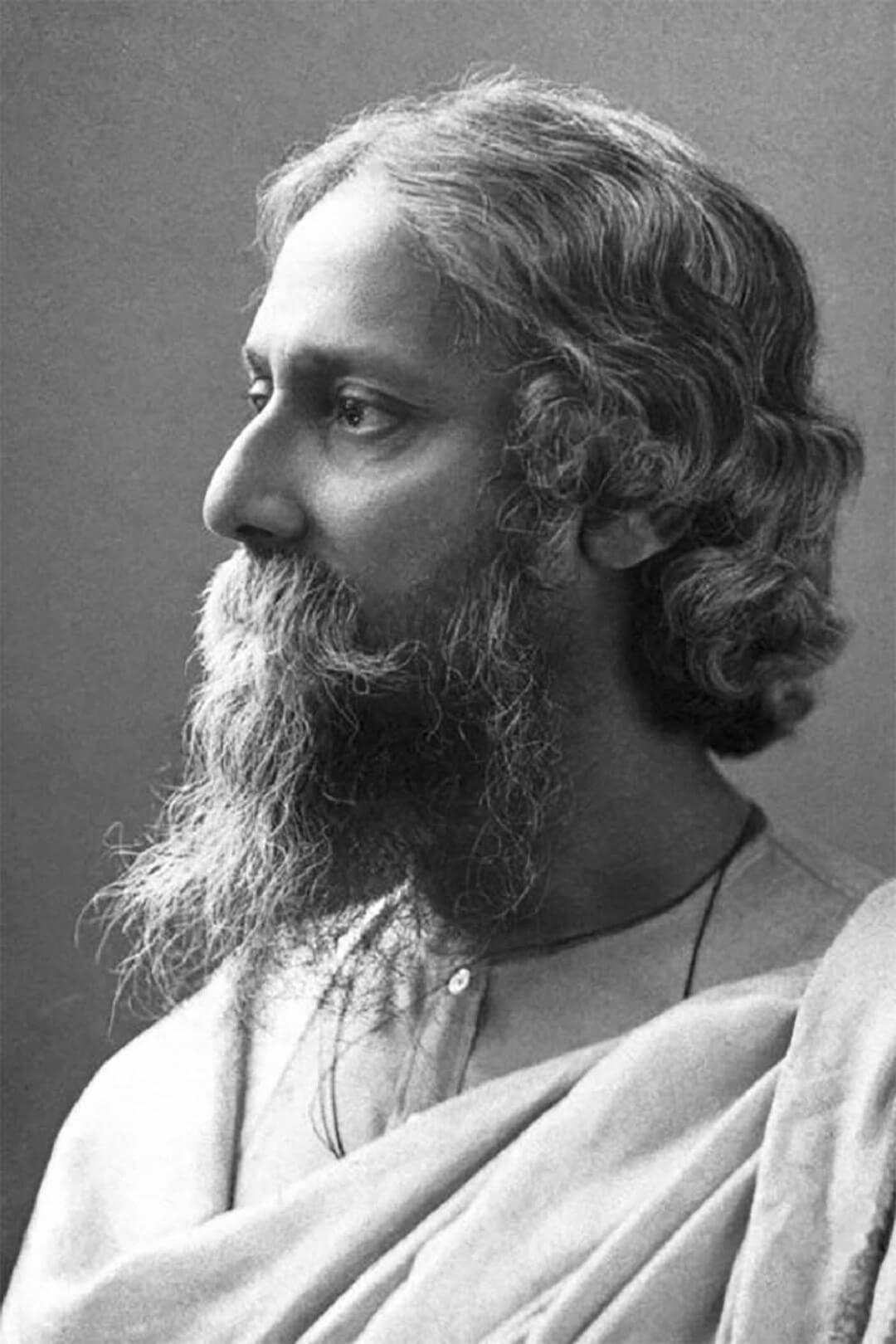
Poet, novelist, musician, and playwright, Rabindranath Tagore took to painting when he was in his sixties. His paintings, with their intense, semi-expressionist faces of people who inhabit a twilight dreamscape, convey suppressed emotions and a deep, brooding interiority, and belong to a distinctly modern diction in painting. They marked a break from existing Indian traditions, allowing the artist a new channel for creative self expression. In 1913, he received the Noble Prize for Literature, and two years later he was knighted—an honour he would return after the Jallianwala Bagh massacre. |
Rabindranath Tagore
Untitled
Rabindranath Tagore
Untitled
Rabindranath Tagore
Untitled (Portrait of Mira Chatterjee)
Not only did Rabindranath Tagore grapple with a modernism that evoked the ominous and the fantastical, he also firmly rejected that which had passed as modern art before. In this sense, his portraits may be considered his most interesting works for their ability to transcend mere likeness in favour of the subject’s personality and his relationship with them.
|
GAGANENDRANATH TAGORE 'One looks more profitably at his [Gaganendranath's] paintings not as pale shadows of Cubism but as yielding rich new poetic nuances that were meaningful in the Indian cultural milieu.' Partha Mitter |
|
Gaganendranath Tagore Untitled (Temple Tops) Water colour on paper |
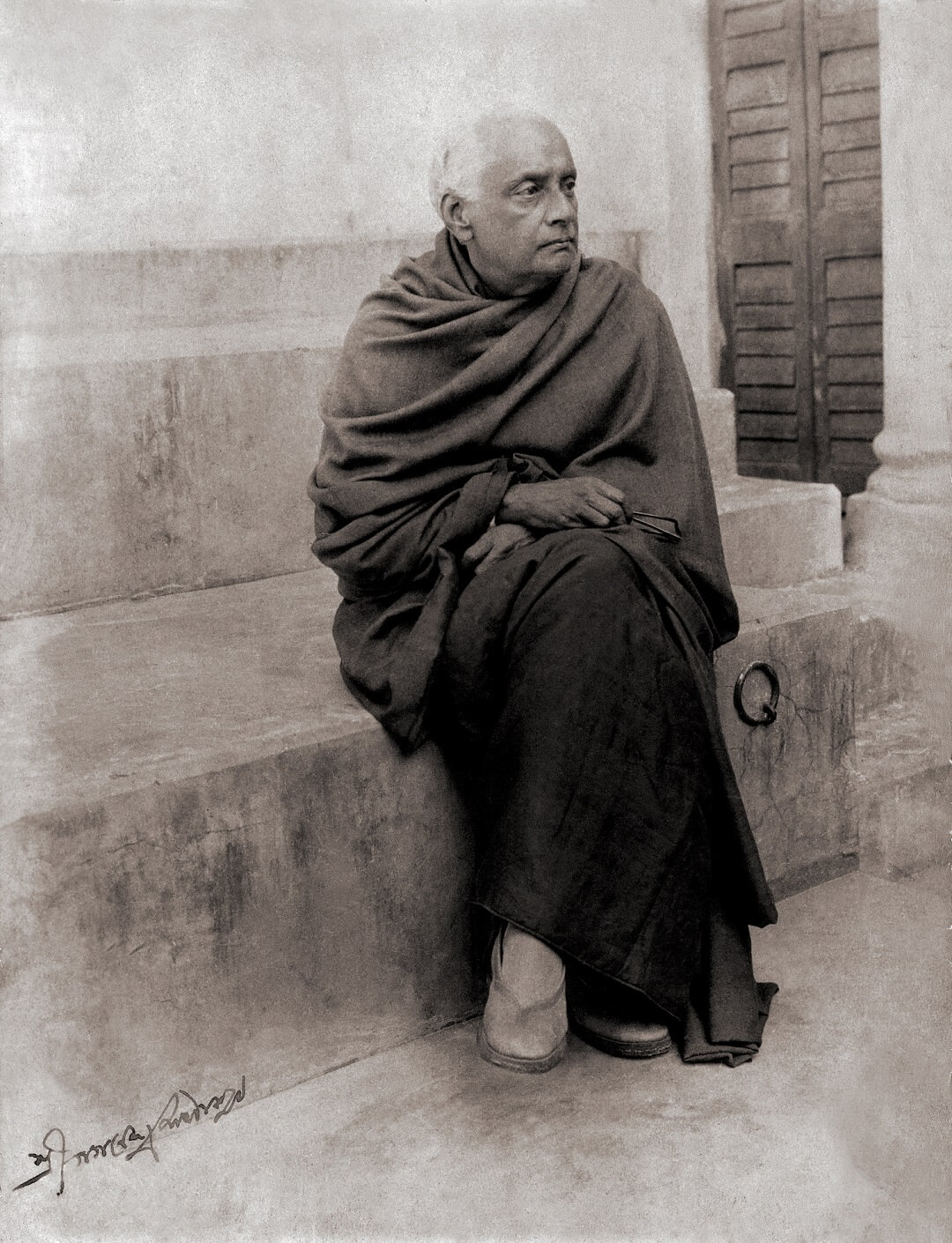
A self-taught artist, a storyteller, and a stage-designer, Gaganendranath Tagore is considered one of the first modern painters of India. He was instrumental in establishing the Indian Society of Oriental Art, Calcutta in 1907, and his experiments with visual language continued right through his artistic career. Gaganendranath introduced his own interpretation of Cubism in his paintings, marking a stylistic shift from regionalist concerns of the dominant Bengal School. He is remembered also for his three-volume portfolio of cartoons which circulated as prints from his own lithographic press, satirising the contemporary state of Bengal's patriarchal and Brahminical society. The 1923 exhibition of his works in Berlin and Hamburg received praise from German critics for his modernistic outlook, expressionist tendencies, and dynamic presentation of space. |
Gaganendranath Tagore
Untitled
Gaganendranath Tagore
Bed of Arrows
Gaganendranath Tagore
Confusion of Ideas
|
ABANINDRANATH TAGORE ‘We hardly ever painted inside our rooms. So, picture this, if you can. I would sit at one end of the veranda, with all my students occupying the other end. Shami Uzma brought his own mat to sit on. He painted like the rest through the day, except in the evenings when he turned towards Mecca to say his prayers. The door to the south veranda remained open to all. People came and went as they pleased, painting, singing, chatting. That is how I am used to painting.’ Abanindranath Tagore, Jorasankor Dhare [Around Jorasanko] |
|
Abanindranath Tagore Untitled (Shadow by A River) Water colour wash on postcard |

Remembered as the founder of the Bengal School of art, Abanindranath Tagore had the unique ability of assimilating diverse cultural traditions while creating his own visual language. Dissatisfied by the colonial influence on Indian art at the Government School, Abanindranath sought to envision what the art of an emerging nation could look like. He looked for inspiration not only at India's ancient past, but across Asia, from Persia to Japan. An influential founding member of the Bichitra Studio, Abanindranath mentored artists like Nandalal Bose and Asit Kumar Haldar, who went on to shape the contours of Indian modern art. Although remembered for his iconic image of Bharat Mata, Abanindranath left behind a stylistically diverse body of work, which included his Krishna-lila, Arabian Nights, and Theatre series. |
Abanindranath Tagore
Untitled (Forest Night)
Abanindranath Tagore
Mother India
Abanindranath Tagore
Untitled
|
NICHOLAS ROERICH 'All teachers journeyed to the mountains. The highest knowledge, the most inspired songs, the most superb sounds and colours are created on the mountains. On the highest mountains there is the Supreme; the high mountains stand as witness of the Great Reality.' Nicholas Roerich |
|
Nicholas Roerich Snows of the Himalayas Gouache on paper |

Born in Russia, Nicholas Roerich showed an aptitude for drawing at an early age and went on to enroll at the Academy of Art at St. Petersburg University. His inclination towards Eastern spirituality features prominently in his works even from that period. In May 1923, he set out for India and reached the end of his spiritual pilgrimage—the Himalayas. Roerich marks a distinct shift in landscape painting, using vivid colours and expressive forms to capture the majesty of the mountains, as he explored aesthetics and spirituality through them. Perhaps his most crucial contribution to art is the Roerich Pact of 1935, and its symbolic Banner of Peace, which advocated protection of culture even at times of political conflict. Roerich breathed his last in the Kullu Valley in 1947, where he had helped setup the Urusvati Himalayan Research Institute. |
Nicholas Roerich
The Snow Maiden (Stage Design)
Nicholas Roerich
The Kremlin Tower of Novgorod
Nicholas Roerich
Spring in Kullu (Kullu Series)
|
NANDALAL BOSE 'A real work of art knows no death. If all frescoes and sculptures of Ajanta and Ellora were to disappear, they would yet not die. In the mind of the art lover they would live for all times. If a single artist has looked at them, their truth will influence and live through his work. It comes to this that insofar as art is creation, it follows the law of all living things. It continues down the generations.' Nandalal Bose |
|
Nandalal Bose Untitled (Boats on River) Water colour on paper pasted on paper |

An artist of incredible versatility, Nandalal Bose was invited by Gandhi to decorate the pavilions for the Congress sessions at Faizpur and Haripura in the late 1930s. He would later go on to illustrate the Constitution of India, giving visual shape and form to the aspirations of a new nation. At the same time, he was remembered fondly by his students as 'Mastermoshai' (teacher), for his ability to nurture a wide range of styles and techniques during his years as the first principal of Kala Bhavana in Santiniketan. At the heart of Nandalal's art is his spontaneity, whether inspired by nature, the fluid stroke of a brush, or the shapes suggested by playful paper collages, which he made late in life. |
Nandalal Bose
Untitled
Nandalal Bose
Untitled (Esraj Player)
Nandalal Bose
Untitled (Preparatory drawing of Mahishasuramardini)
|
JAMINI ROY 'Painting like Europeans is not possible for me – I cannot paint like the Chinese, Persians or Mongols, all this is not possible since I am not in that atmosphere. Therefore I have to search for my way out of my own quest. My aim is to have a different style. Now it is accepted that I am having a different style.' Jamini Roy, interview with Bishu Dey |
|
Jamini Roy Untitled Watercolour and gouache on paper |
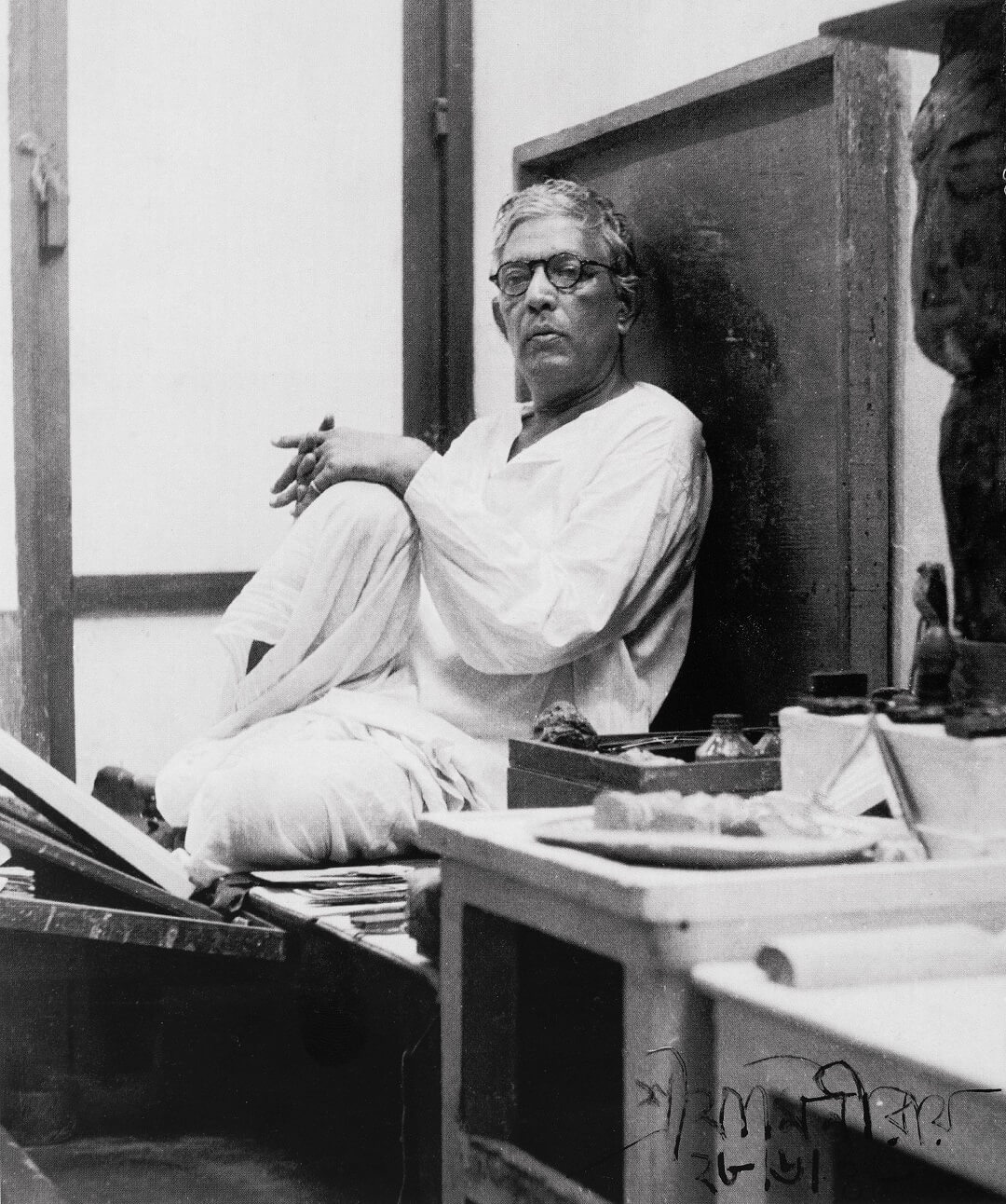
There are few artists who can parallel Jamini Roy's claim of singlehandedly shaping the popular visual culture of a region. A student of the Government College of Art and Craft in Calcutta, Roy's early works show glimpses of his academic training as he focused on landscapes and portraits. Soon thereafter, in search for an indigenous style of art that drew upon Bengal's folk traditions, Roy went back to his village of Beliatore in Bankura district, and trained among patachitra painters. His iconic style emerged out of his commitment to folk art from different regions, showing a vivid use of reds, ochres, and blues, with clear, fluid lines and stylised human forms that became his hallmark. |
Jamini Roy
Untitled
Jamini Roy
Untitled
Jamini Roy
Untitled
|
SAILOZ MOOKHERJEA 'Sailoz was a man with the soul of a pilgrim, the hand of the artist, the eyes of a poet.' Jaya Appasamy |
|
Sailoz Mukherjea Untitled (Two Sisters), Oil on linen Oil on linen |
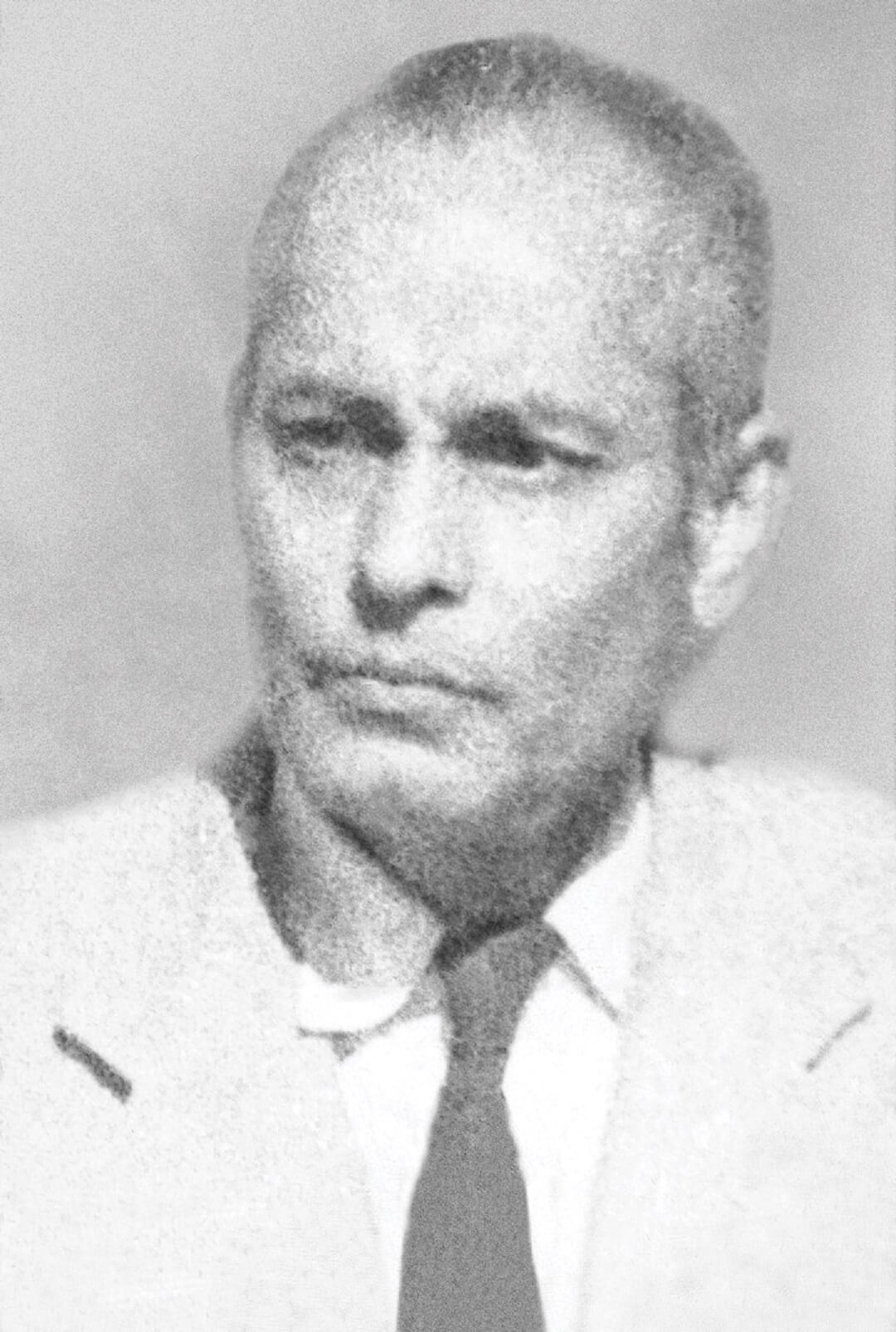
A deeply influential teacher, Sailoz Mookherjea shaped the thinking of a whole generation of artists, from Ram Kumar to J. Swaminathan, through his classes as well as informal discourses. Sailoz’s paintings, with their emphasis on rural landscapes, are curiously enough placed outside metropolitan imagery. Attempting to retrieve the rural visual, Mookherjea, an exile in the city, sought to reinterpret a subject matter sentimentalised in the past, reinvigorating with an urban imagination. He taught art at the Sarada Ukil School of Art from 1945–47, and at the Delhi Polytechnic from 1948–60. |
Sailoz Mukherjea
Untitled (Kneeling Peasant Girl)
Sailoz Mukherjea
Untitled (Peace)
Sailoz Mukherjea
Untitled (Market)
Scratch lines made with backs of brushes were a special feature of Sailoz Mookherjea’s art and it served as the foundation for his visual vocabulary. These lines also create fascinating textures and narratives within the painting. His works possess a dynamic movement that takes the viewer on a journey well beyond the surface of the visuals.
|
AMRITA SHER-GIL 'I am an individualist, evolving a new technique, which, though not necessarily Indian in the traditional sense of the word, will yet be fundamentally Indian in spirit.' Amrita Sher-Gil |
|
Amrita Sher-Gil Untitled Water colour on paper |

Born in Budapest in 1913, Amrita Sher-Gil’s family moved to Shimla in 1921, where she was first home-schooled in art by Major Whitmarsh, and later joined classes to study painting with artist Beven Pateman. She was enrolled at the Ecole Supérieure des Beaux Arts, France where she studied the academic style of painting, becoming the youngest artist, and only Asian, to be awarded a gold medal and elected as associate member to Grand Salon. In her journey towards developing a unique artistic identity, Sher-Gil decided to move back to India. She travelled the country, visiting Bombay, and the southern parts of India, including the caves of Ajanta and Ellora, in a bid to explore the rich diversity of Indian culture. With her untimely death in 1941, she became the first woman artist from India to gain global recognition. |
Amrita Sher-Gil
Untitled
Amrita Sher-Gil
Untitled
Amrita Sher-Gil
Untitled
Sher-Gil began painting at the age of five, creating images of her surroundings and those based on the stories narrated to her. Later in her artistic career, she mastered the realist figurative style. After her return from Europe, she traveled extensively, creating a new language of Indian art that celebrated vivacity of the people she met, while imbuing her subjects with quiet dignity.


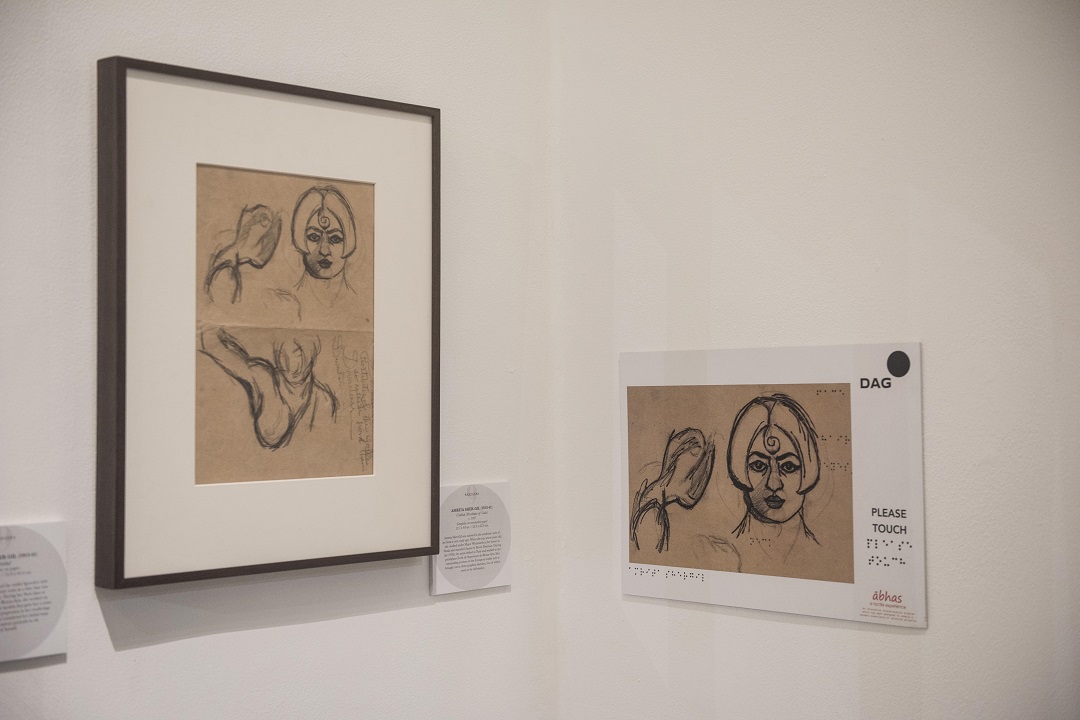
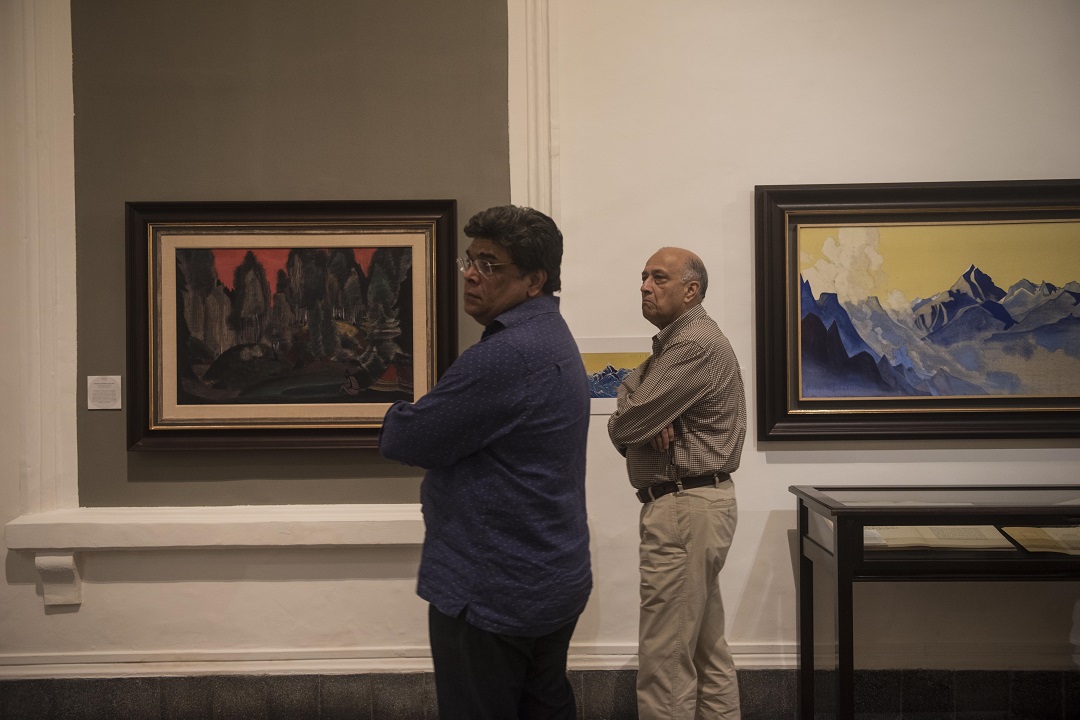

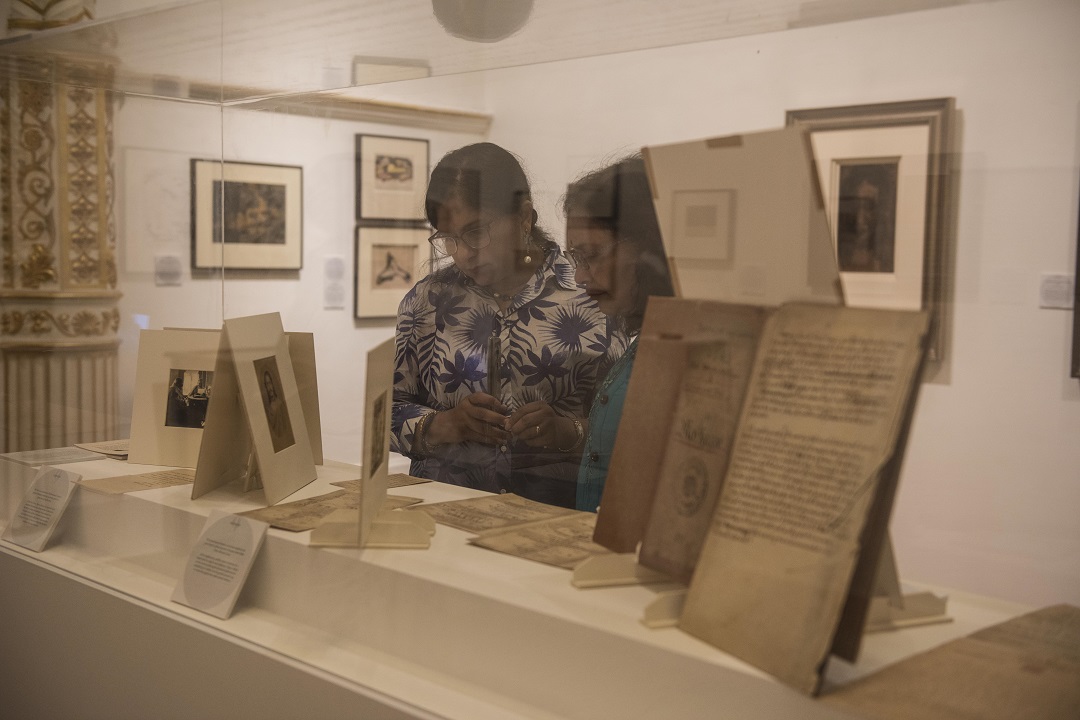
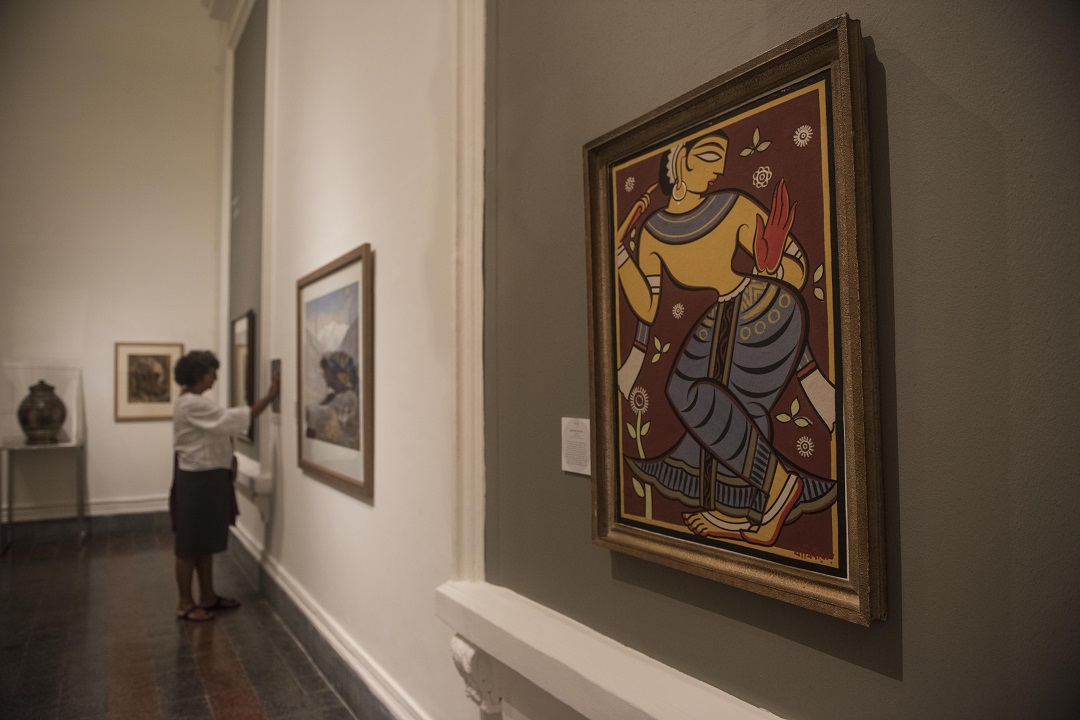
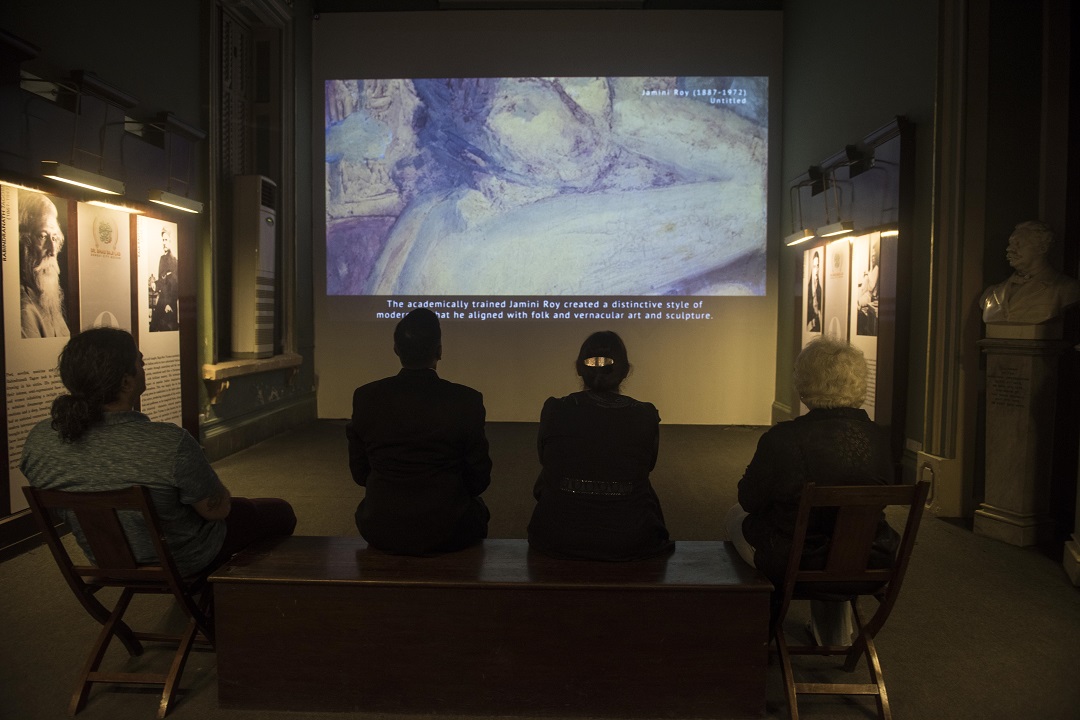
Press Quotes‘One of the key questions being addressed by this exhibition is that what makes this group of artists relevant even today? Perhaps, the most important thread that ties them together is the display of an identity in their work – one which was deeply enmeshed within the idea of a nation and was inspired by everyday scenes from a common man's life.’ ‘DAG brings India’s ‘national treasure’ artists to Mumbai’, Architectural Digest, 6 October 2018 ‘The paintings also collectively point to the precarious social and cultural position of marginalised communities in India. Gaganendranath Tagore’s illustrations, for instance, point to the misuse of social and economic clout by the rich and privileged class, while Jamini Roy conveys the hypocritical nature of Bengali priests in his rendition of the Biral Tapsavi (The Meditating Cat) theme.’ ‘India’s navratna artists understood that the ‘idea of a nation isn’t about pomp and glory’, Scroll, 7 November 2018 |
Presented by
